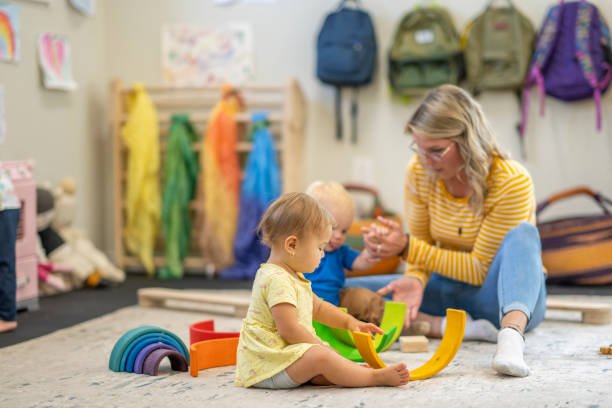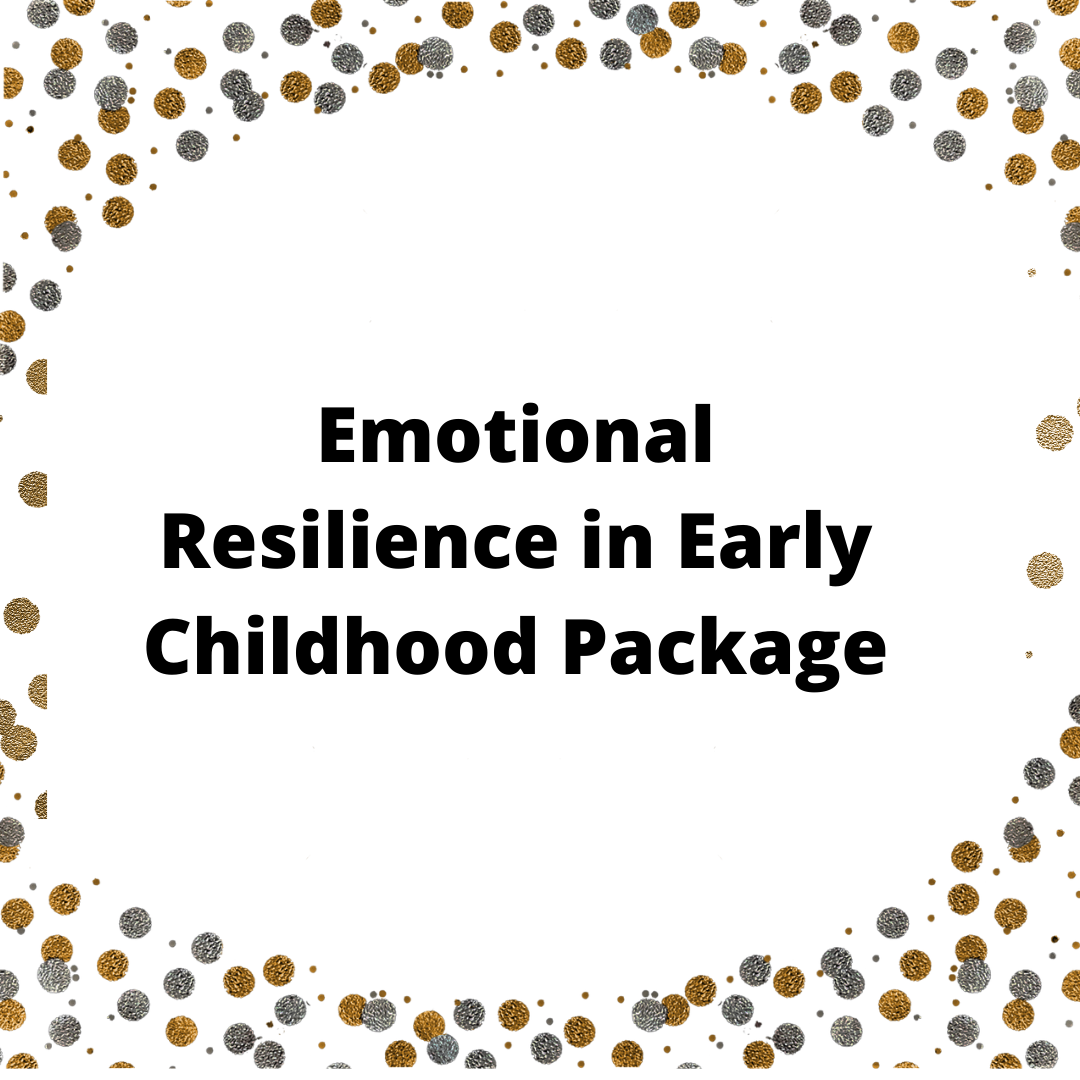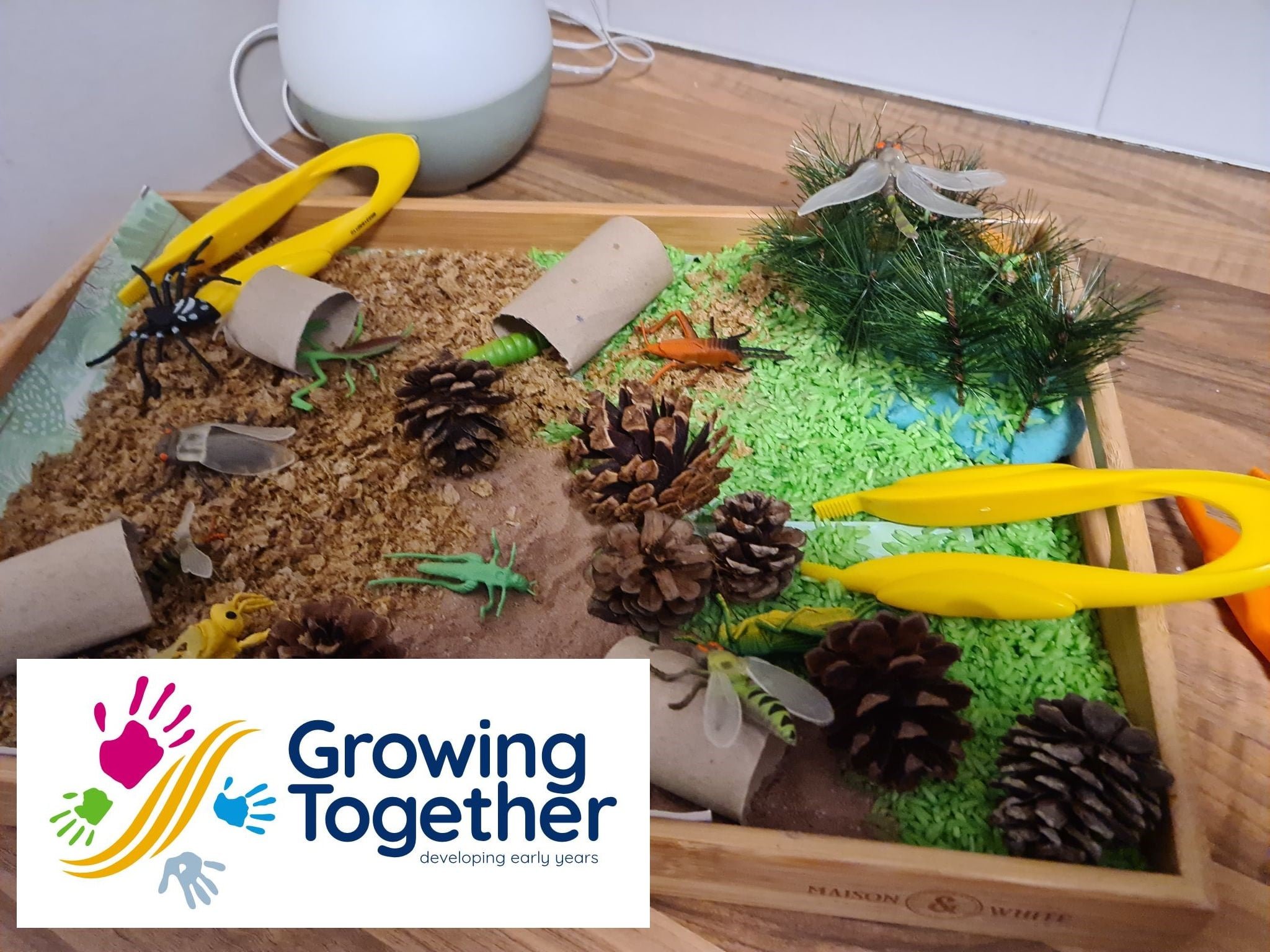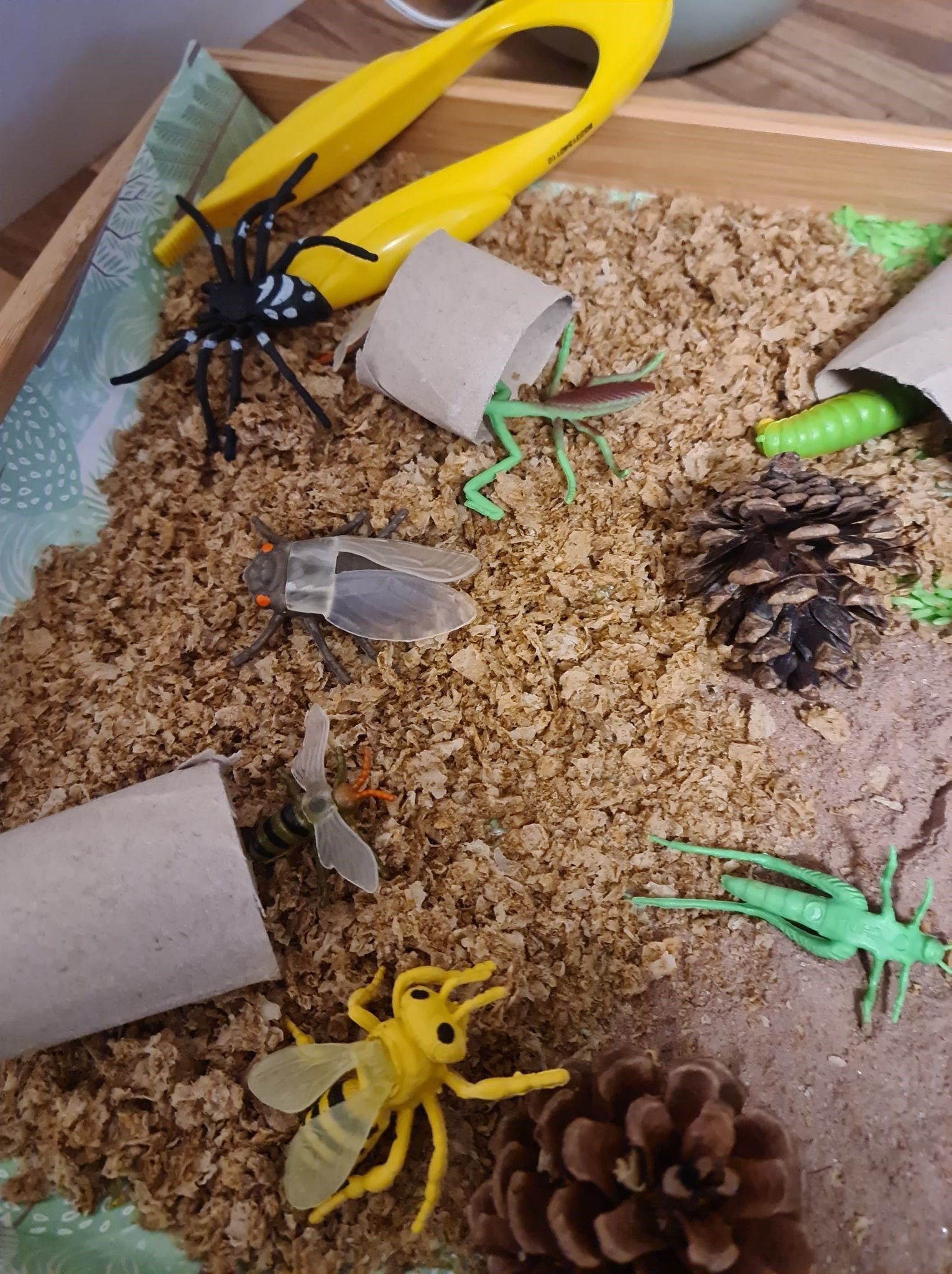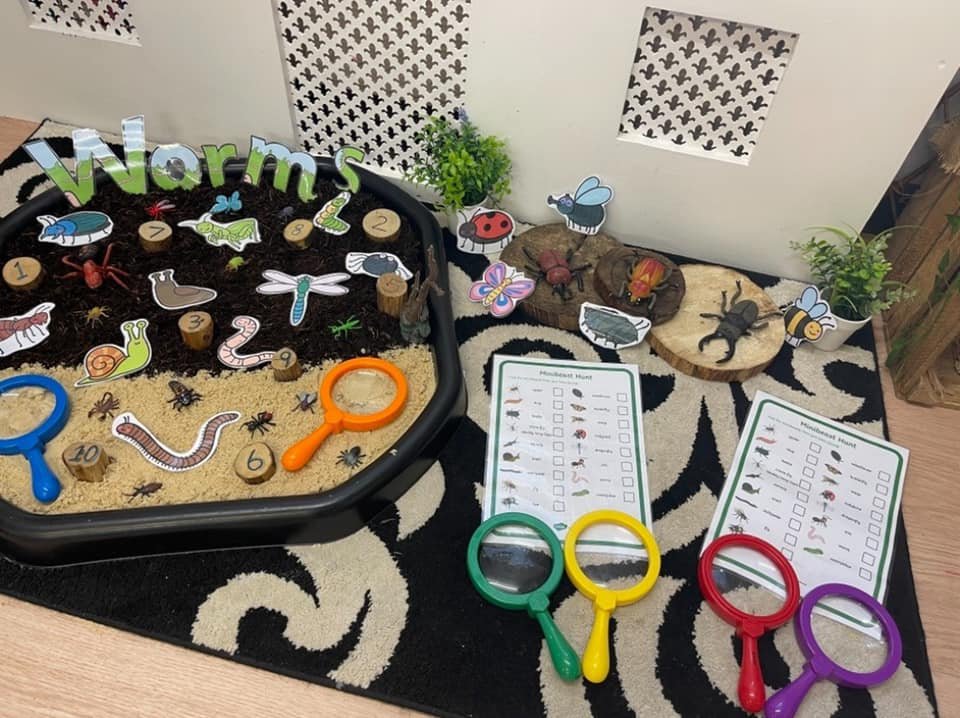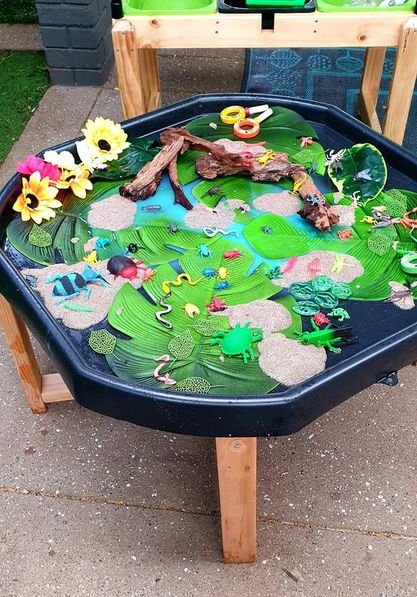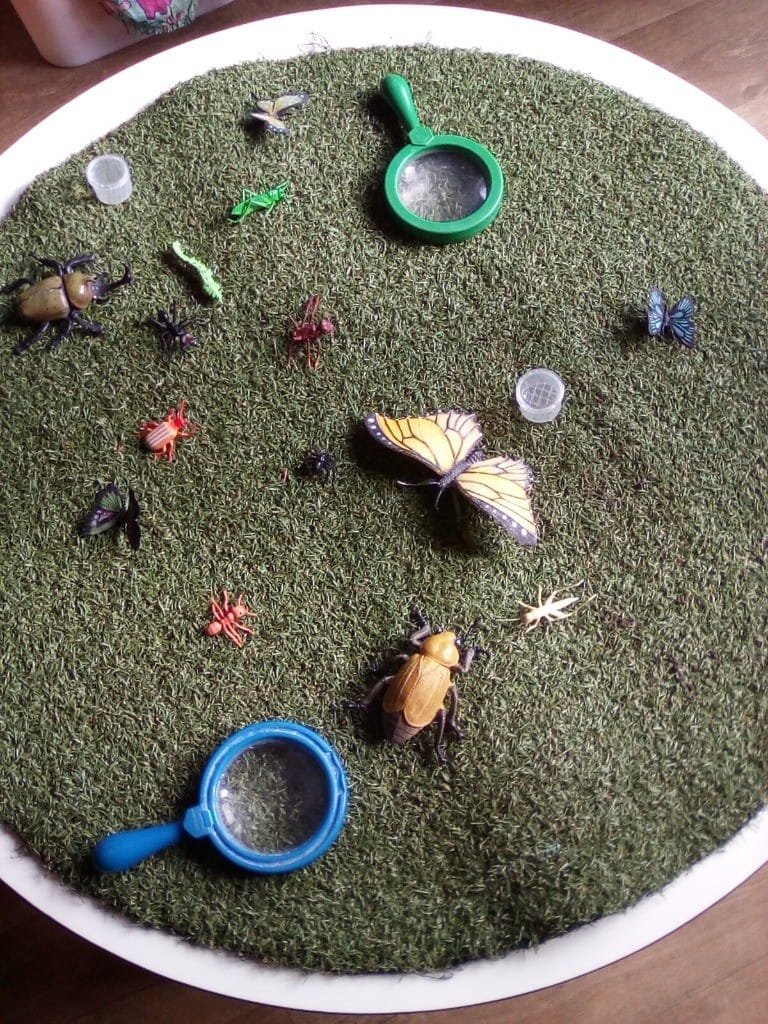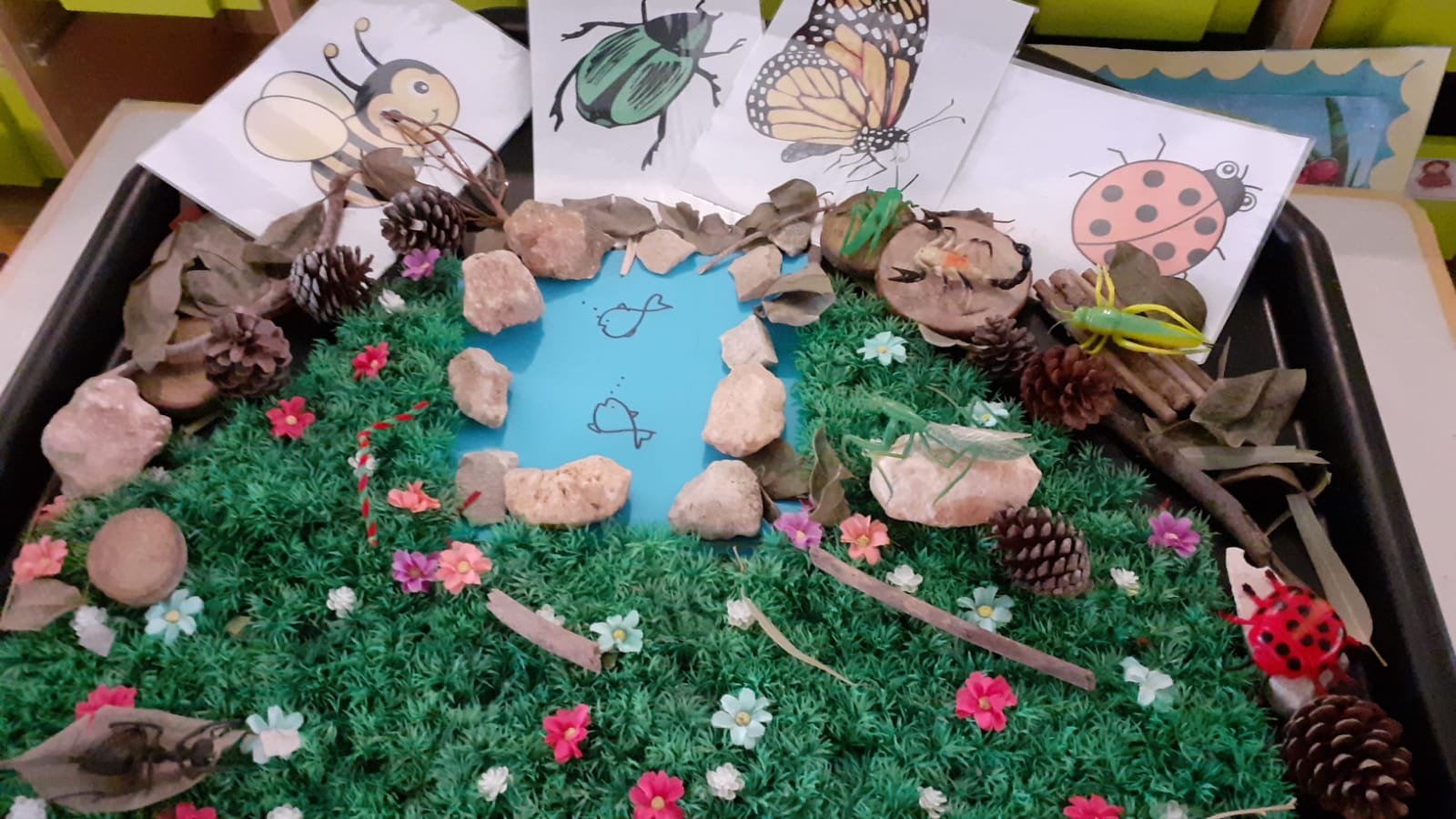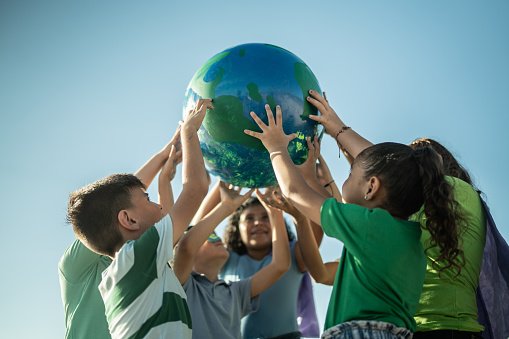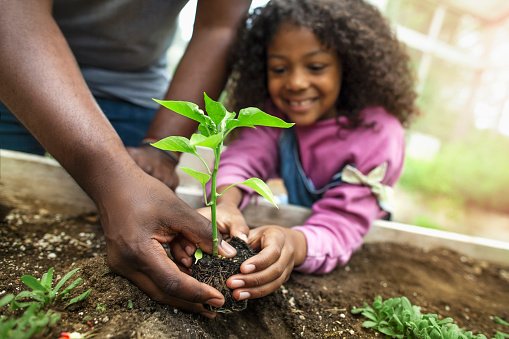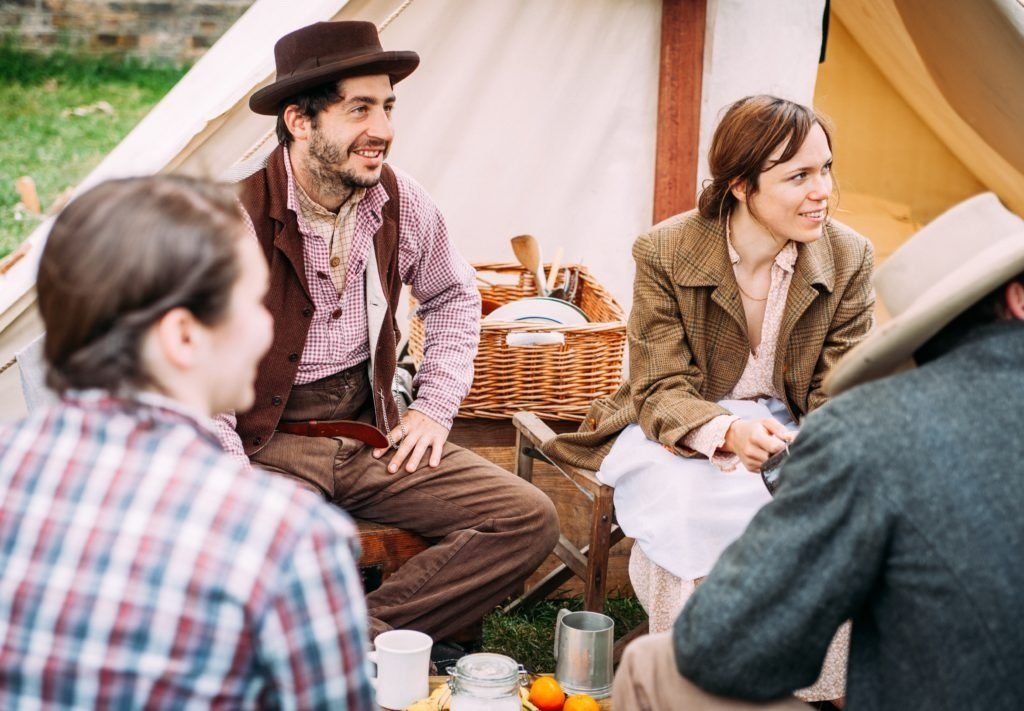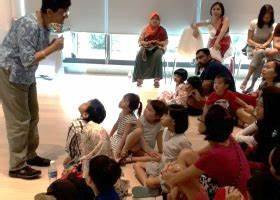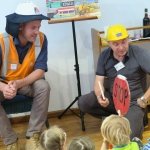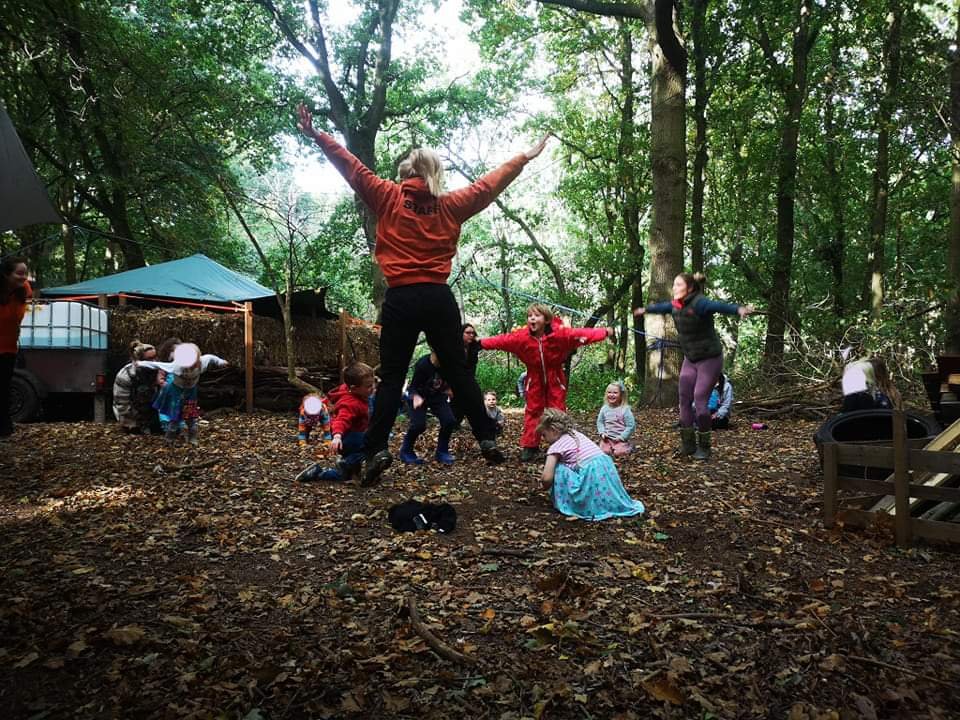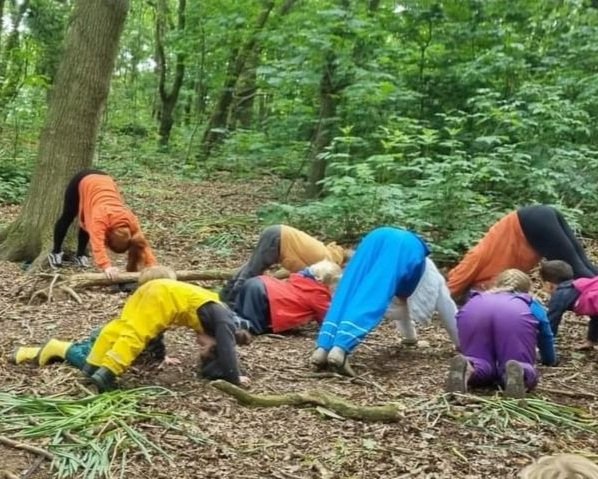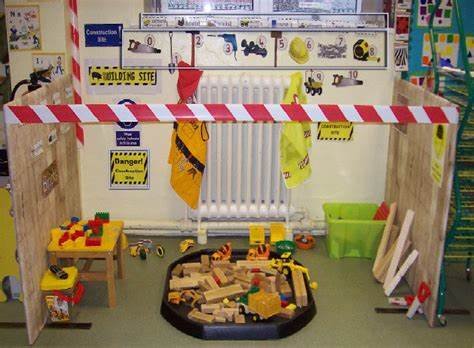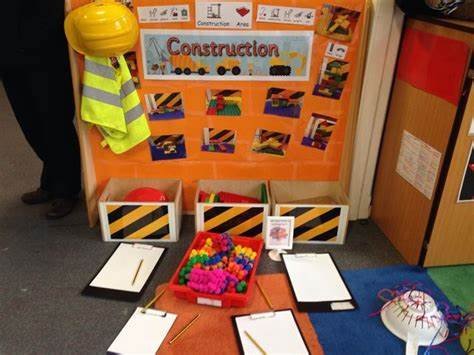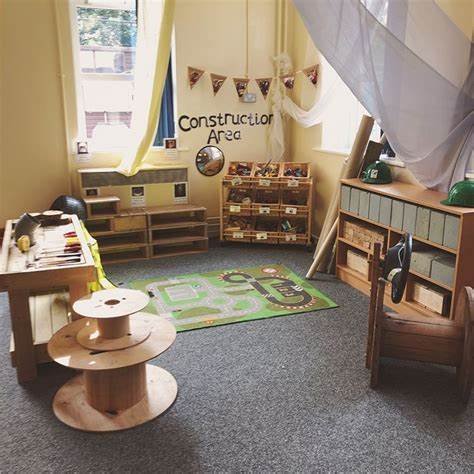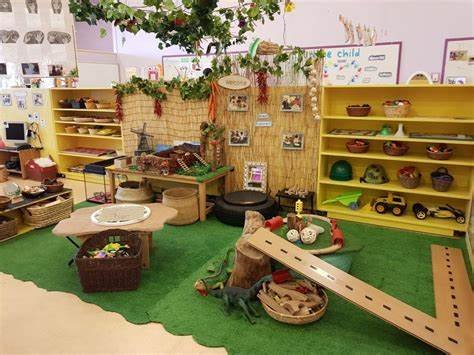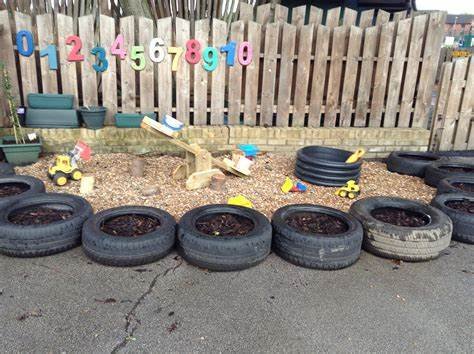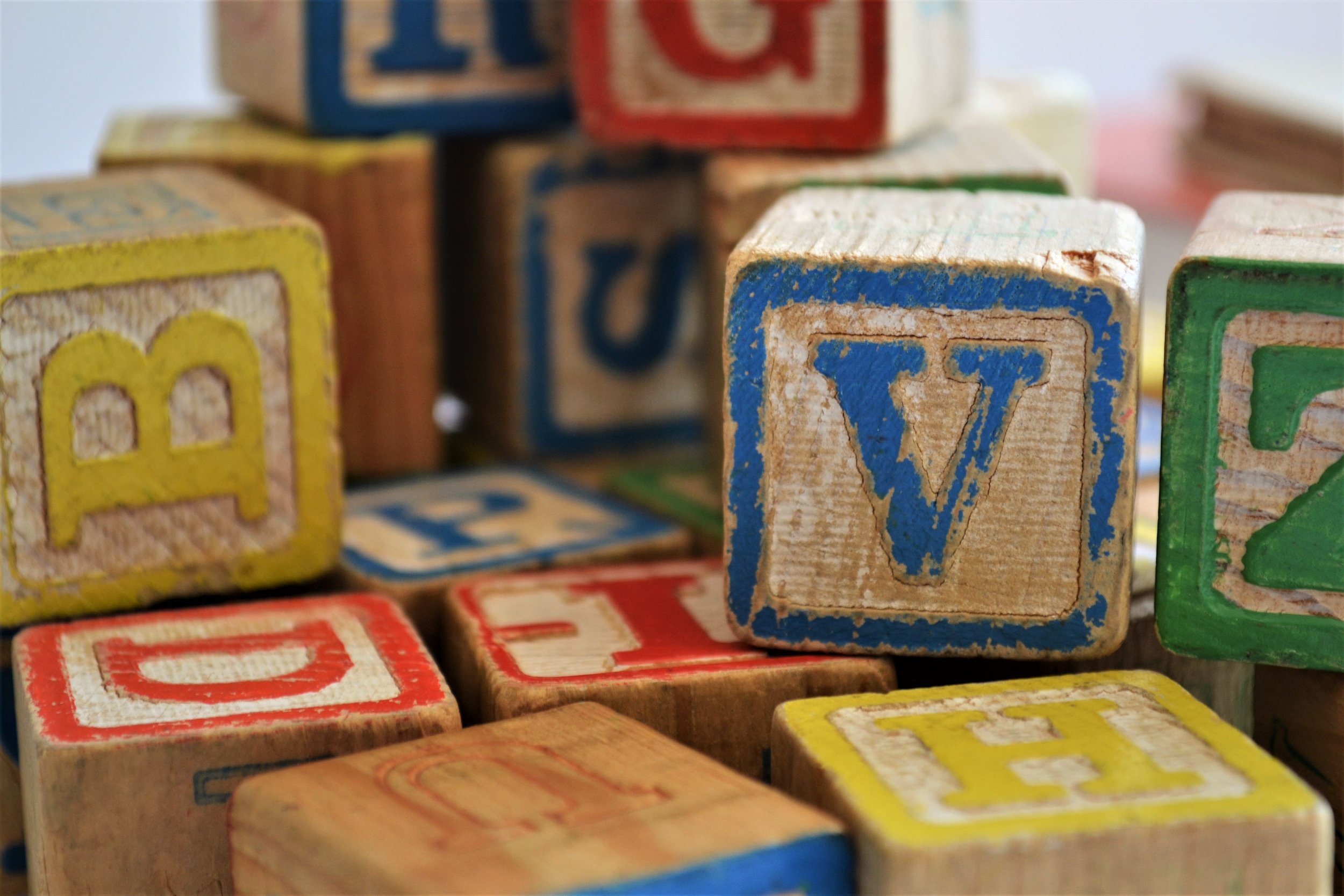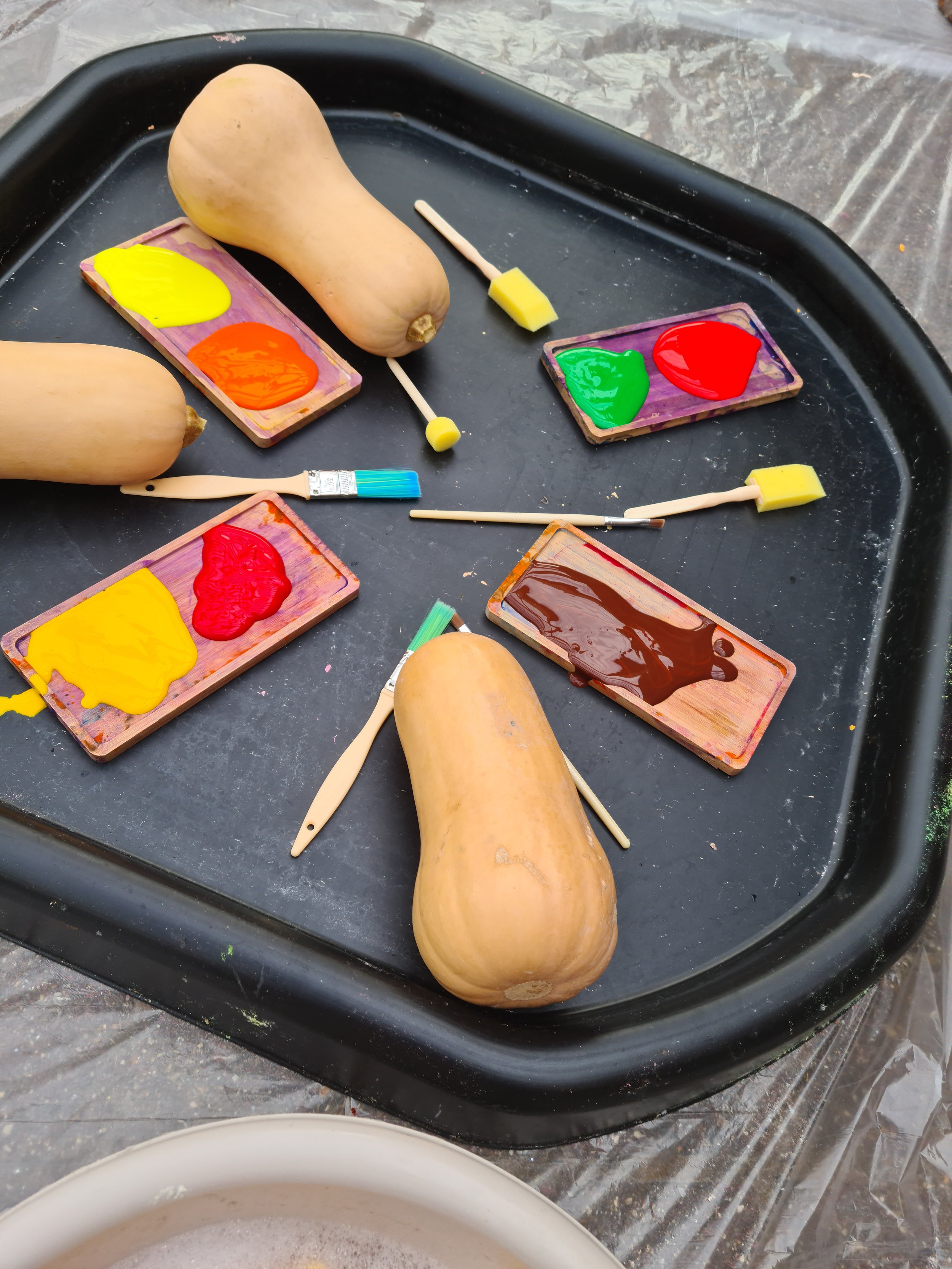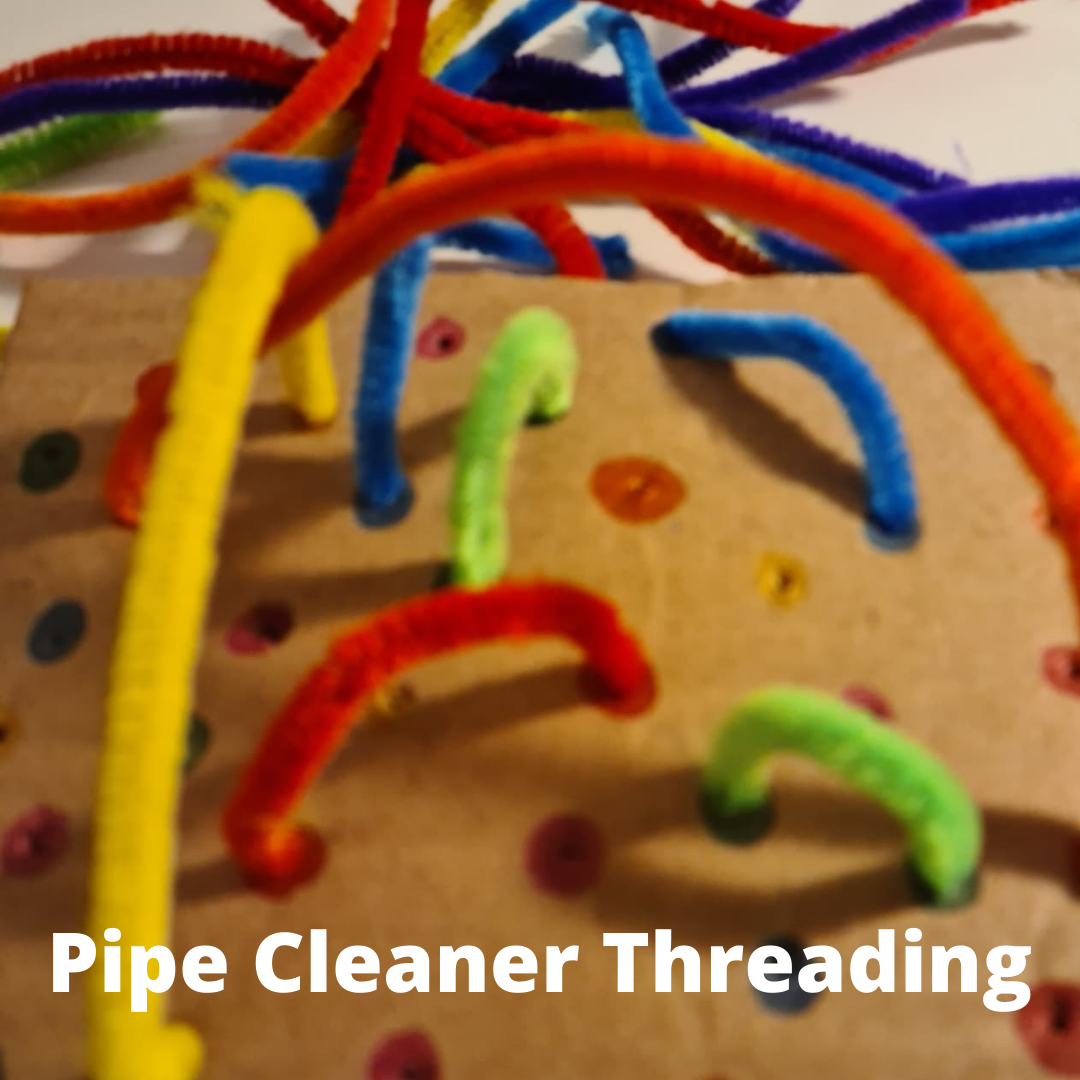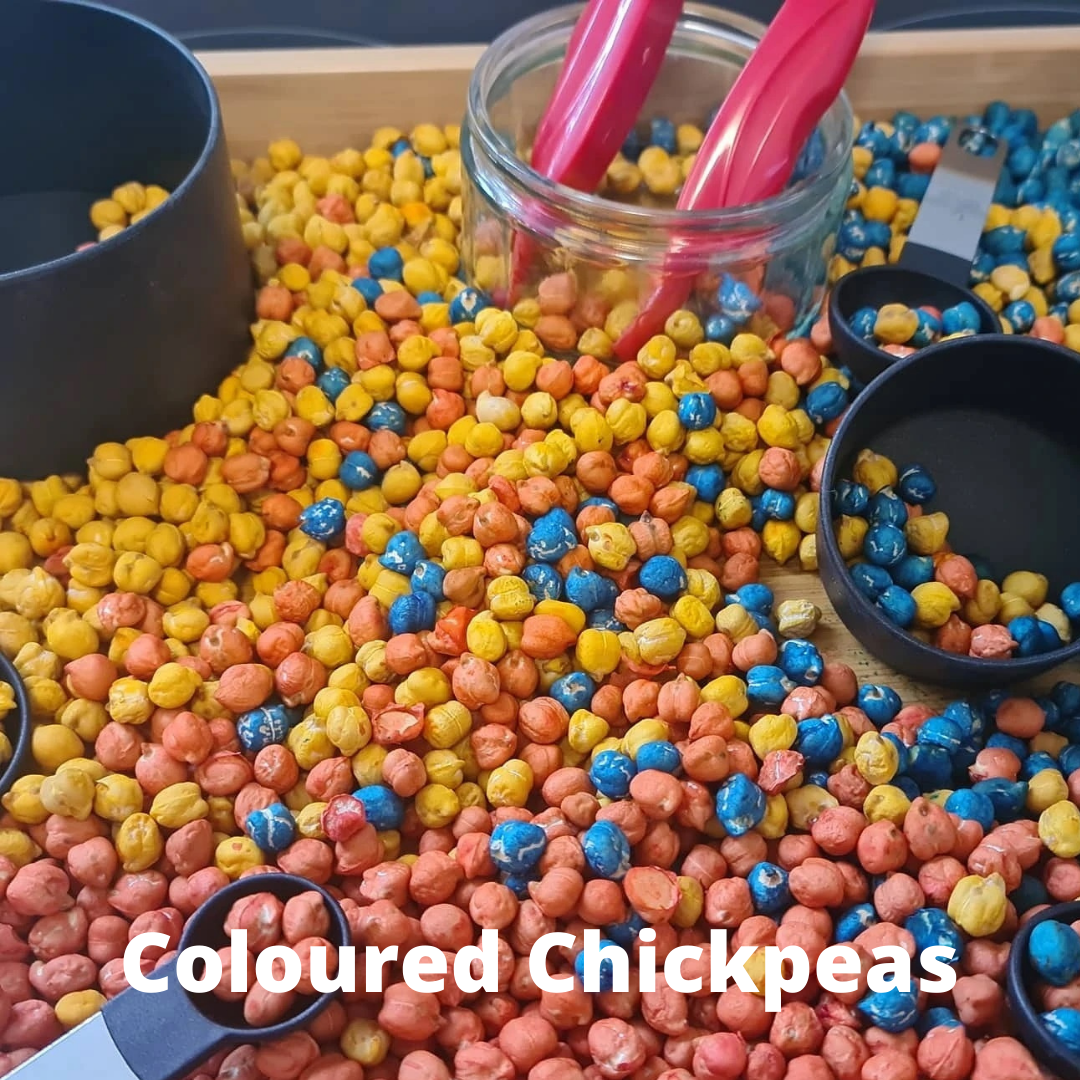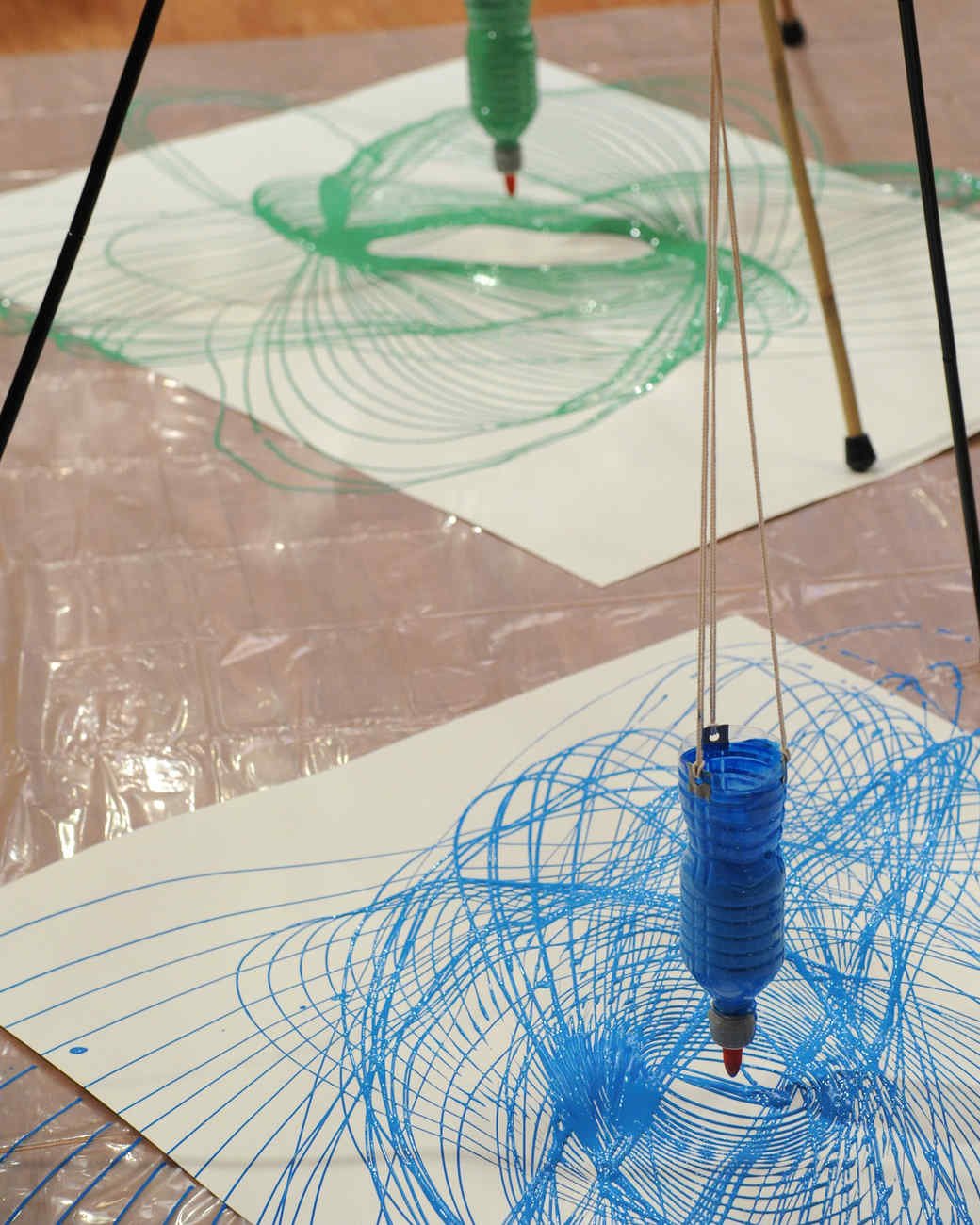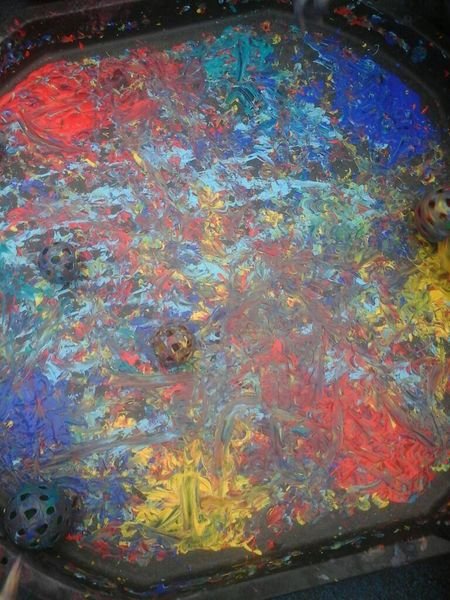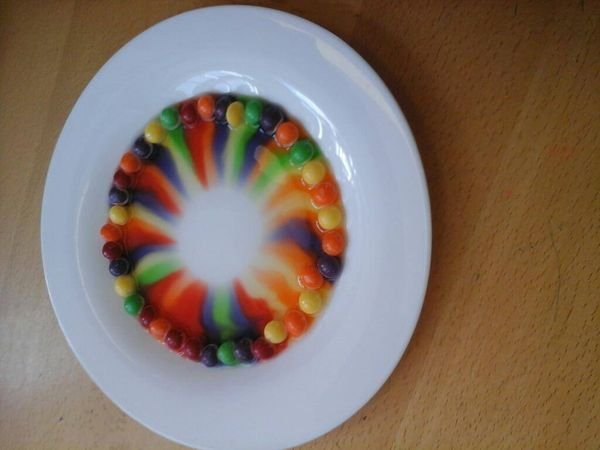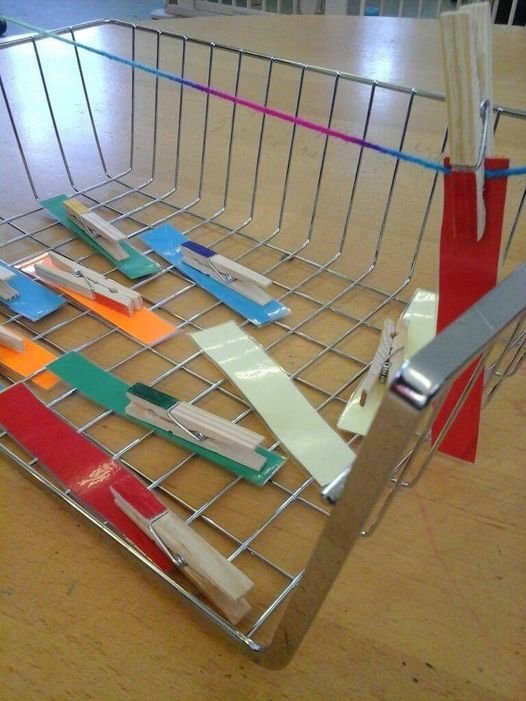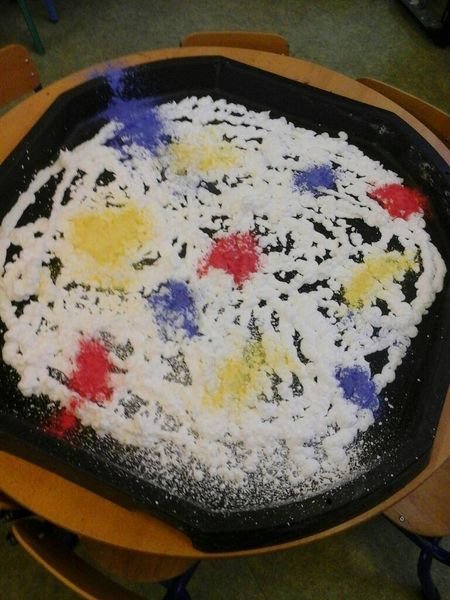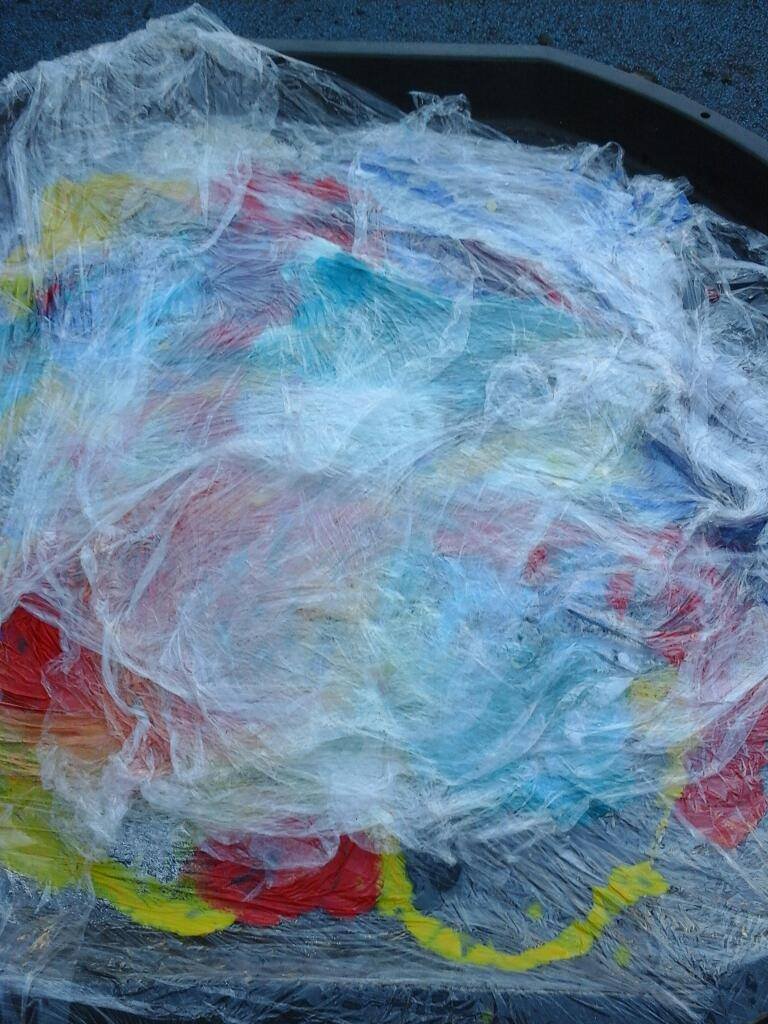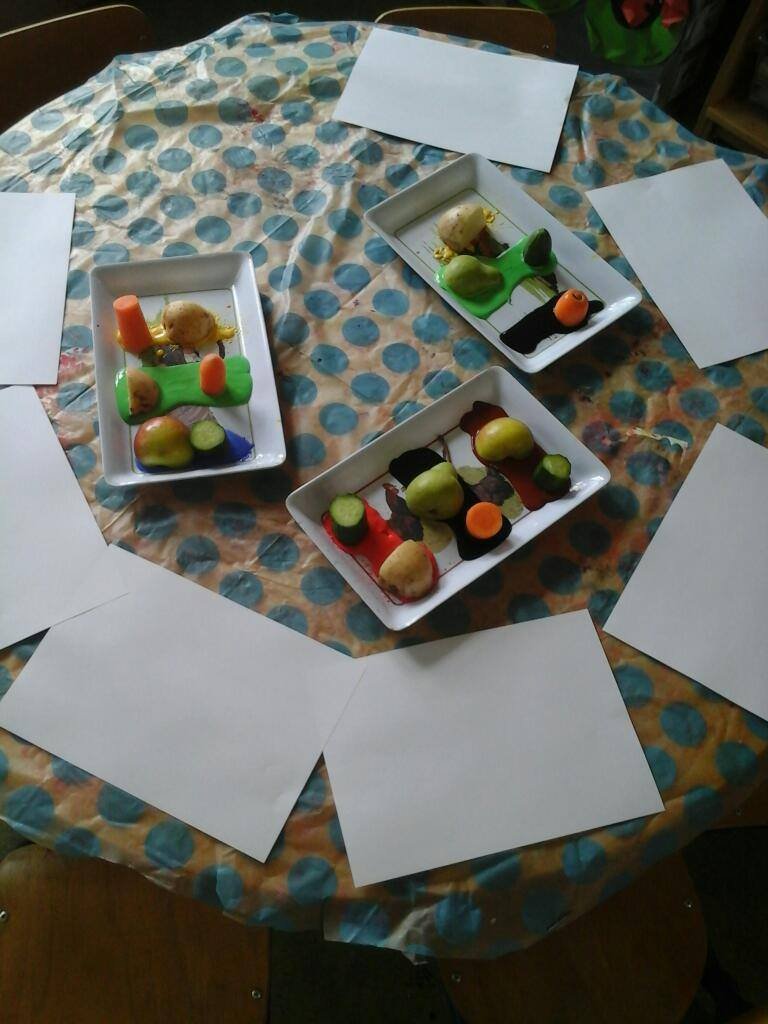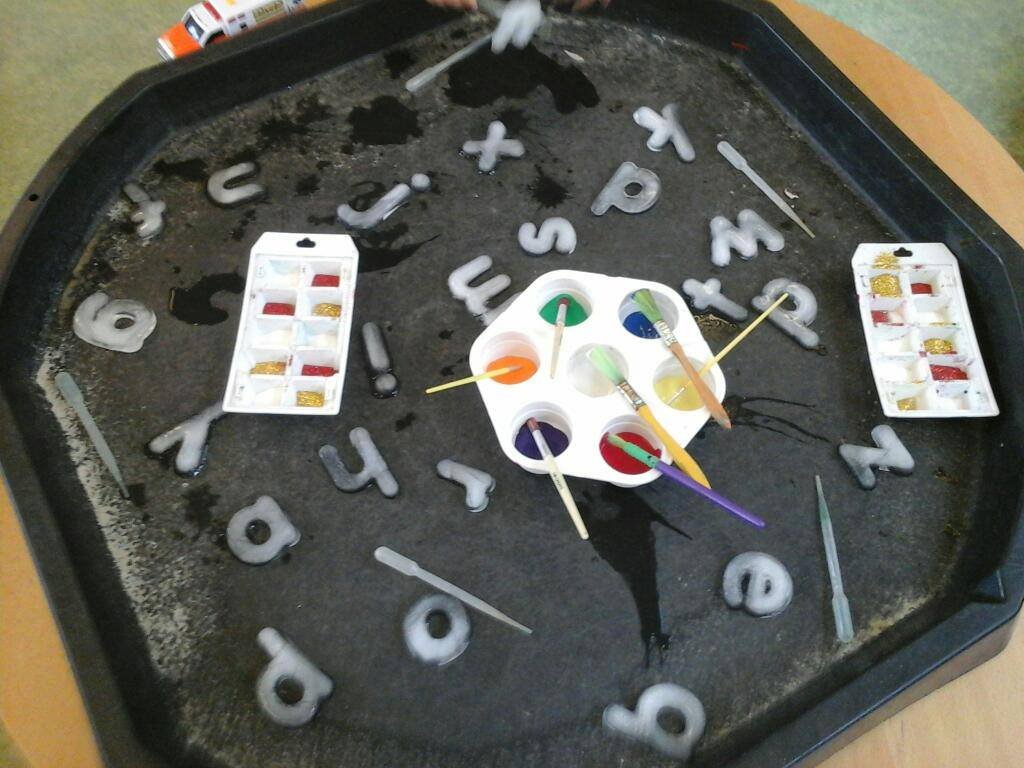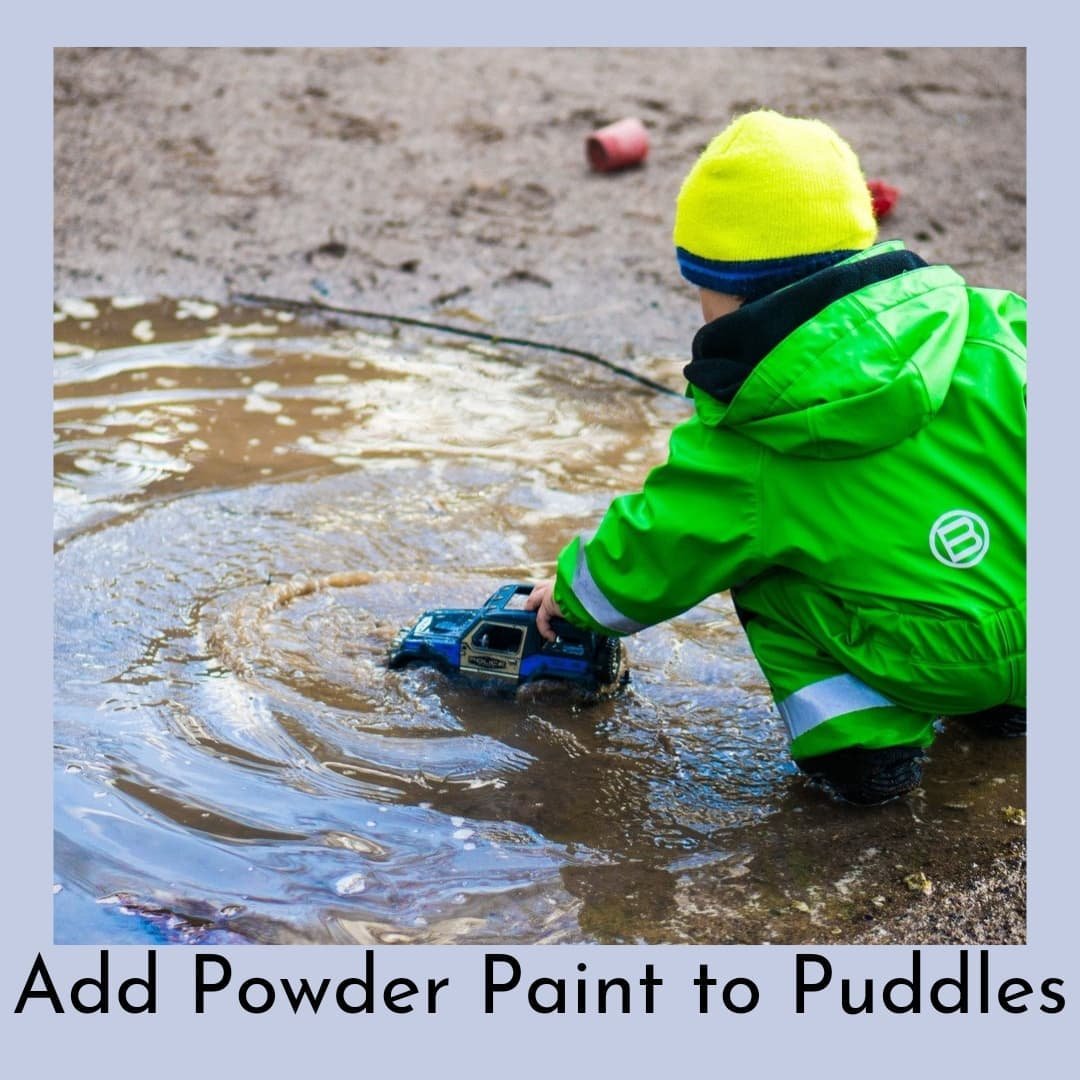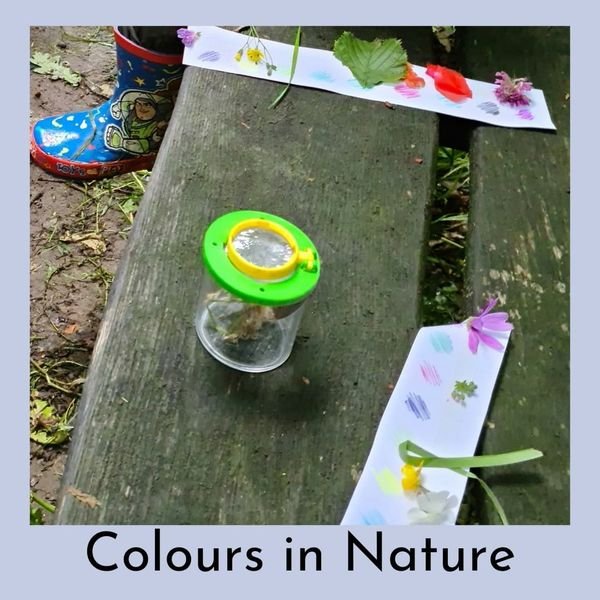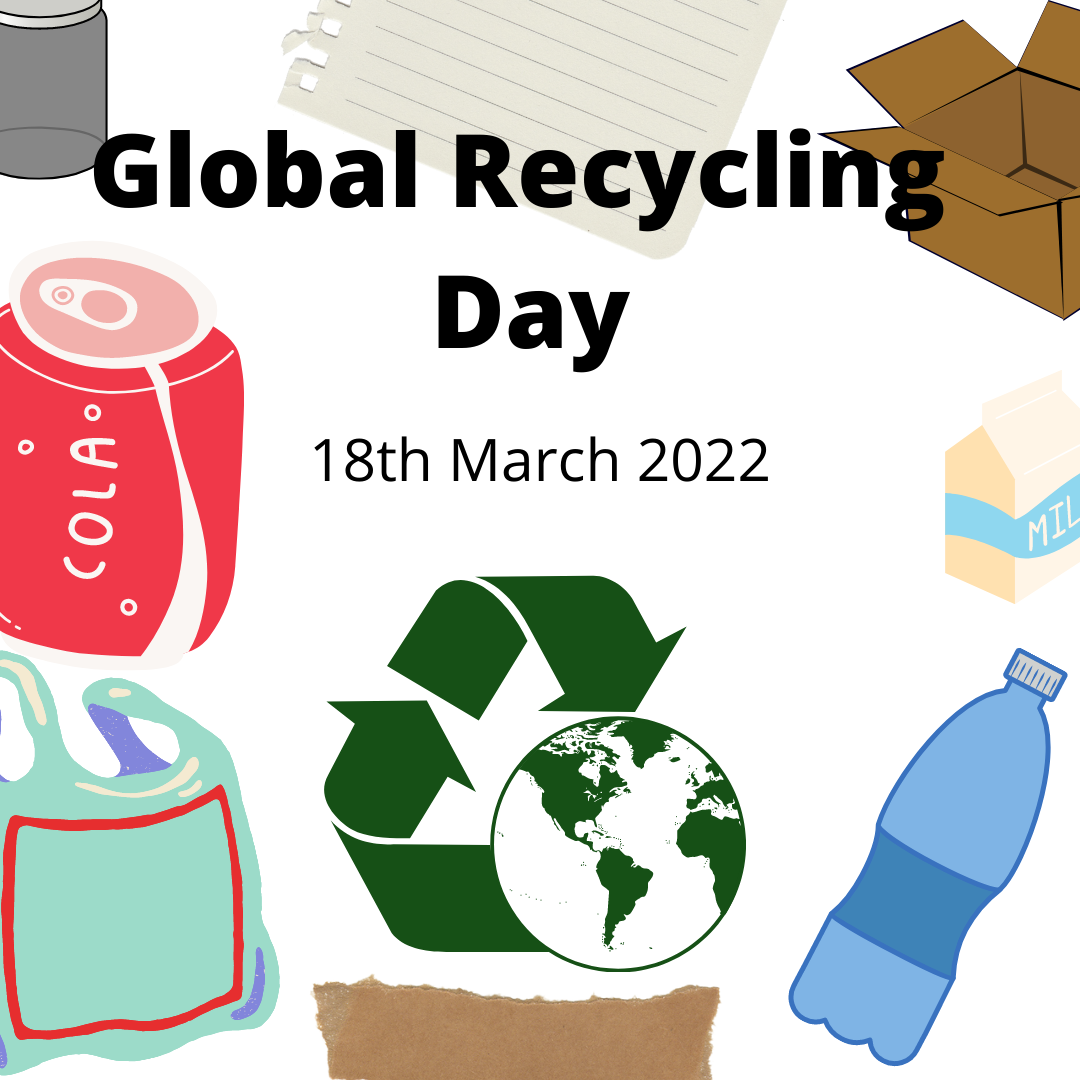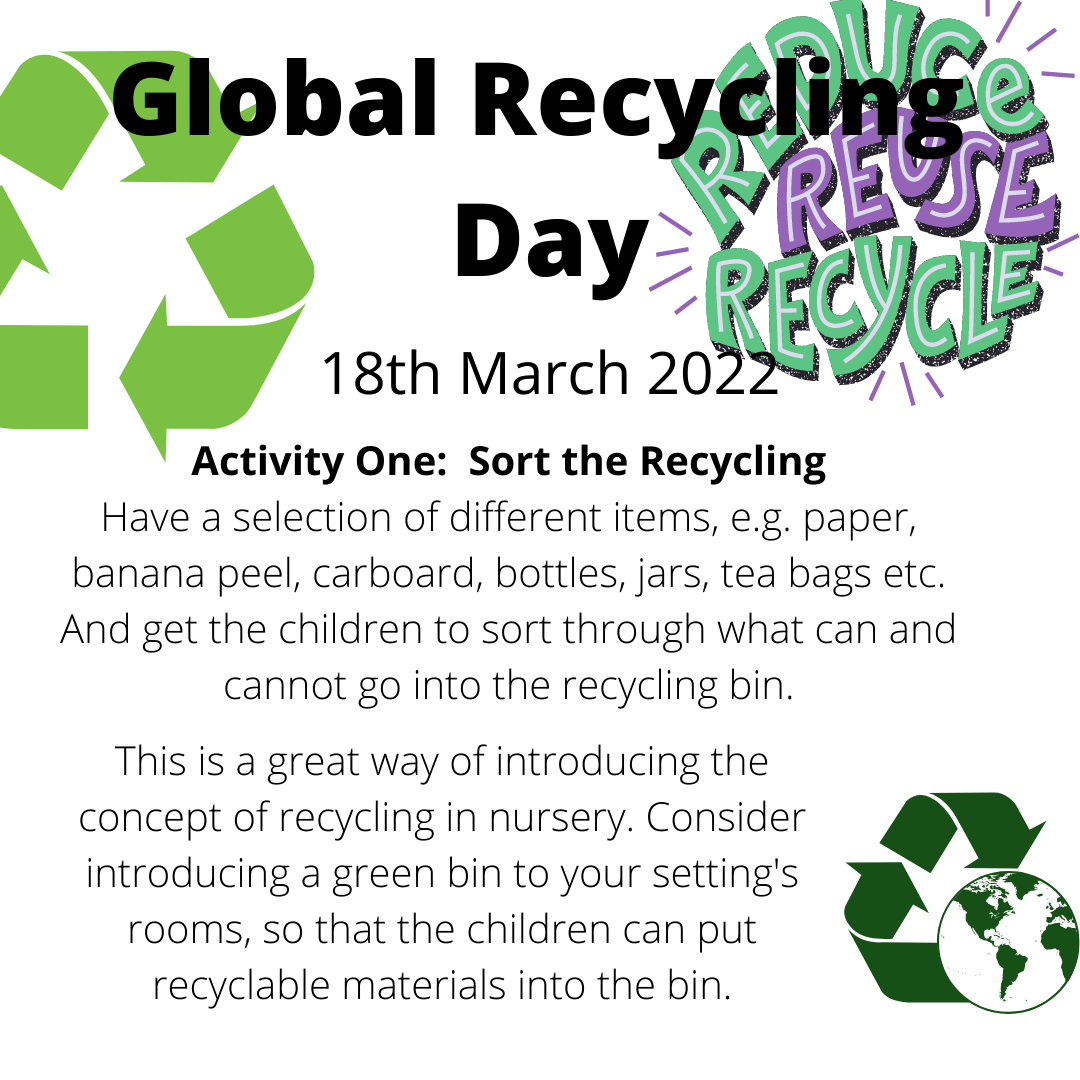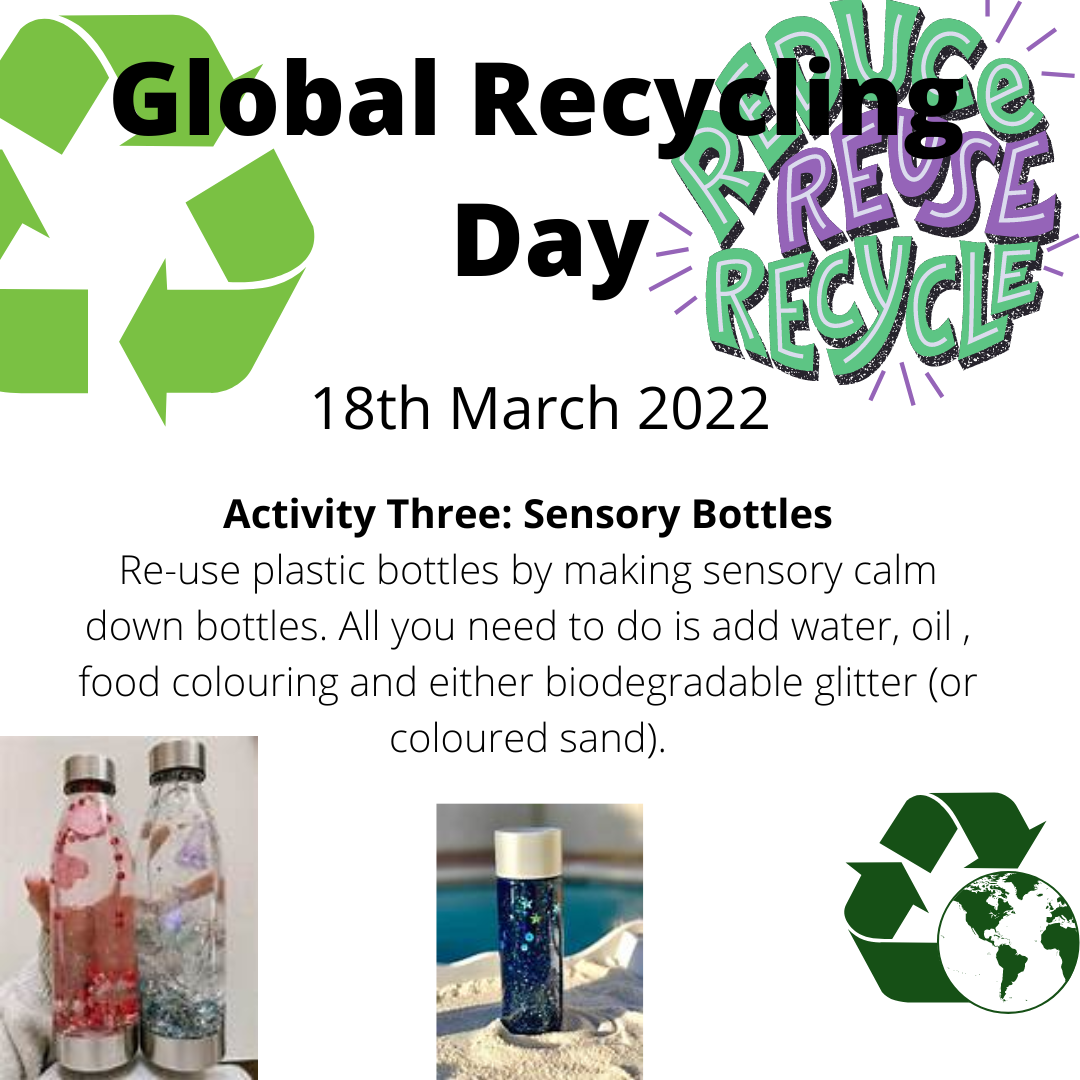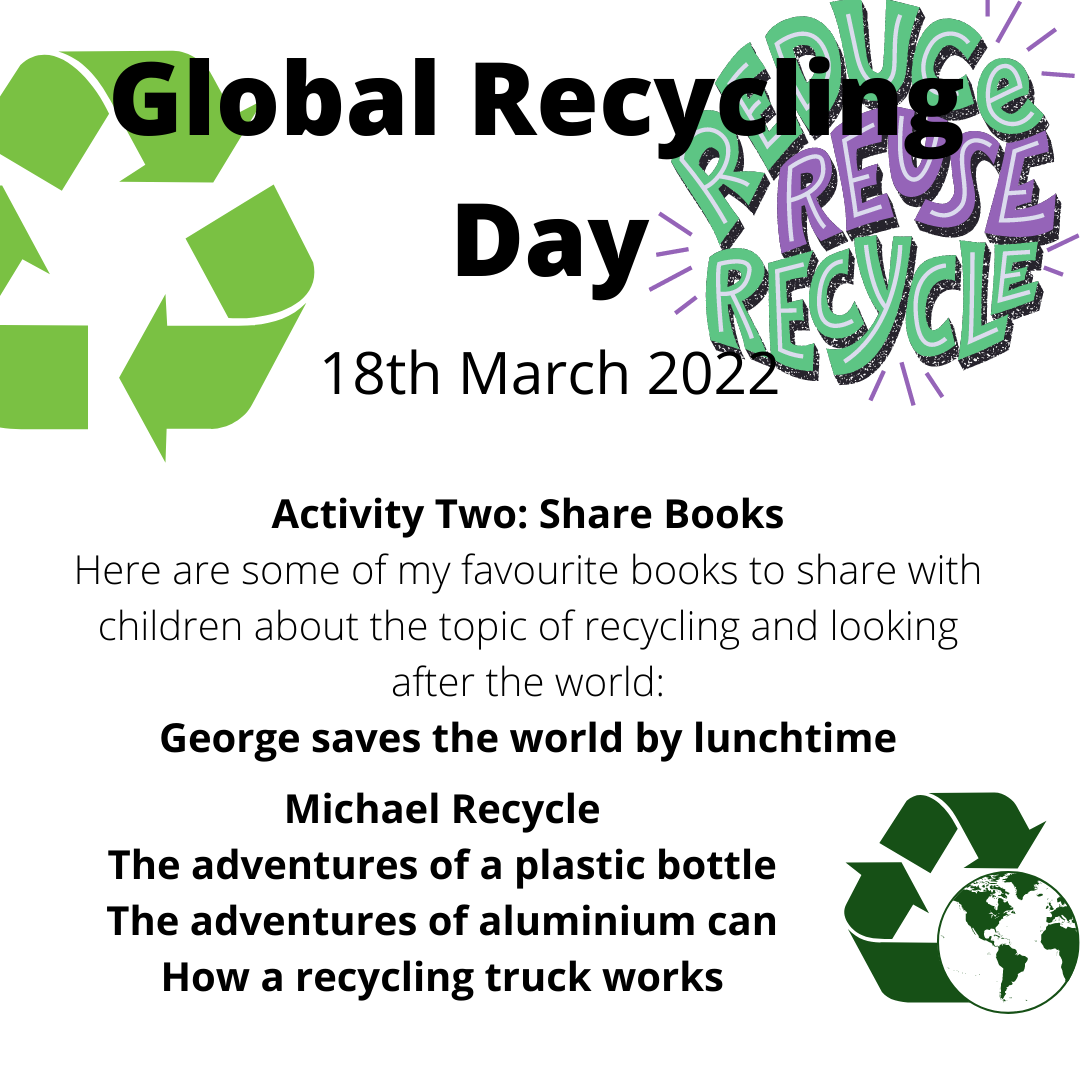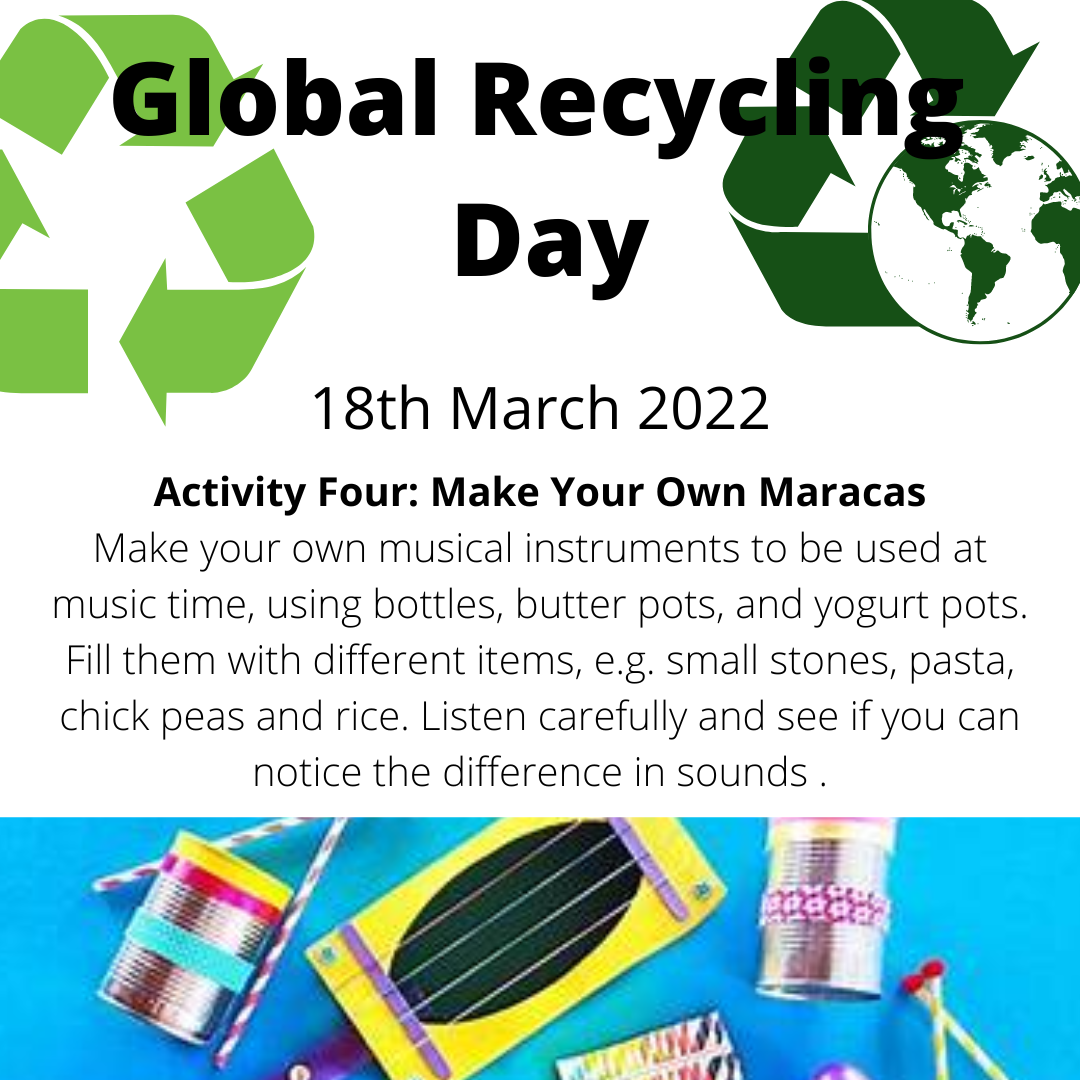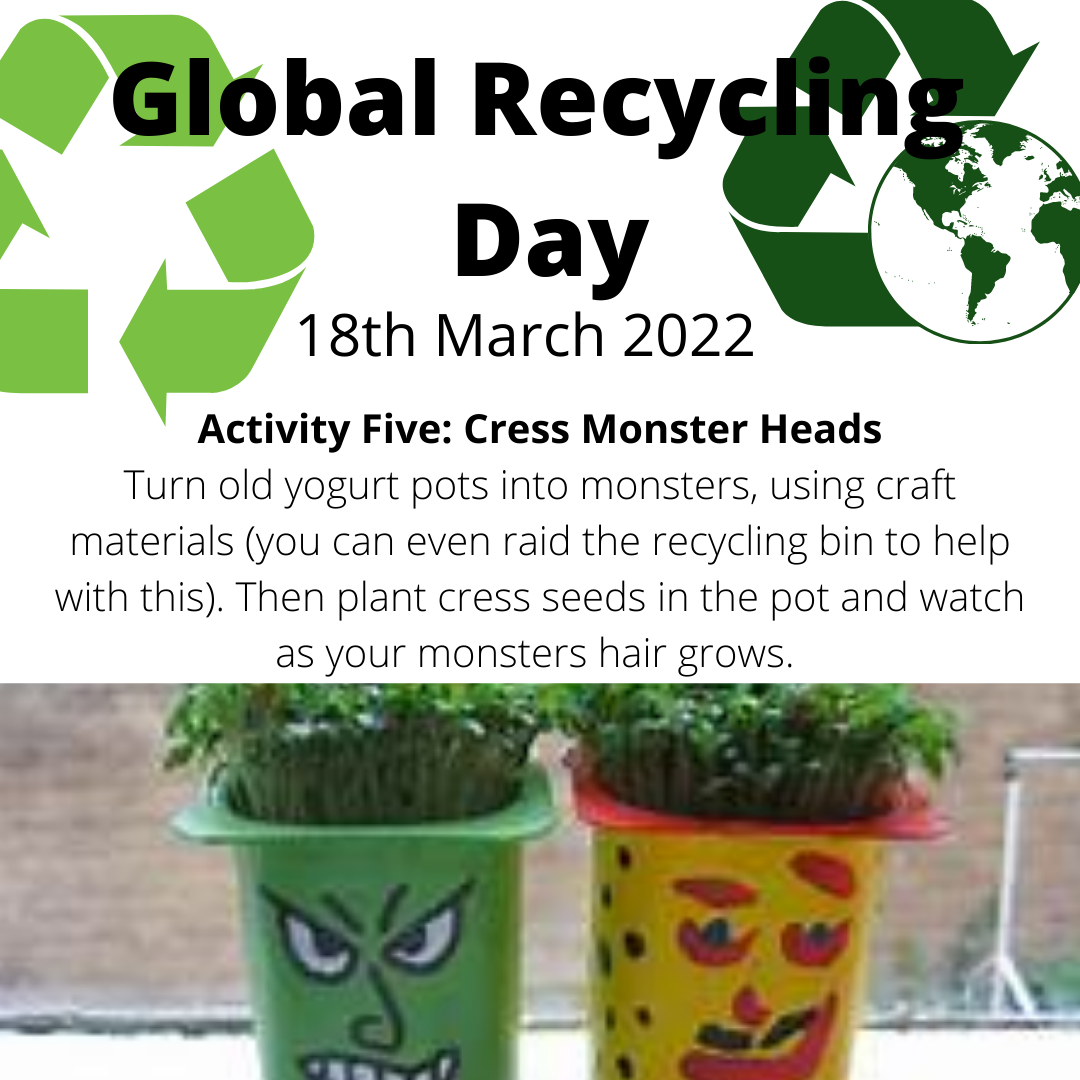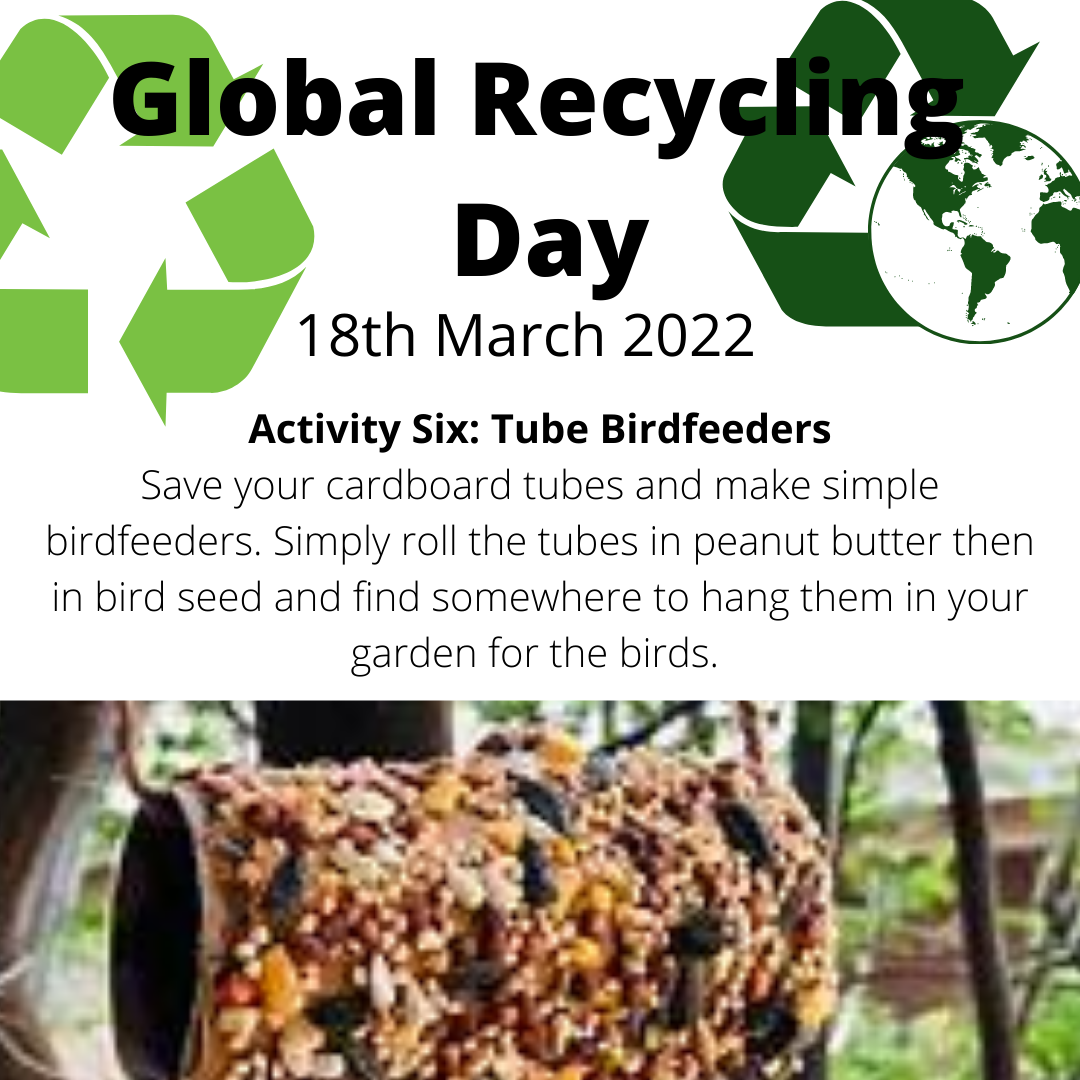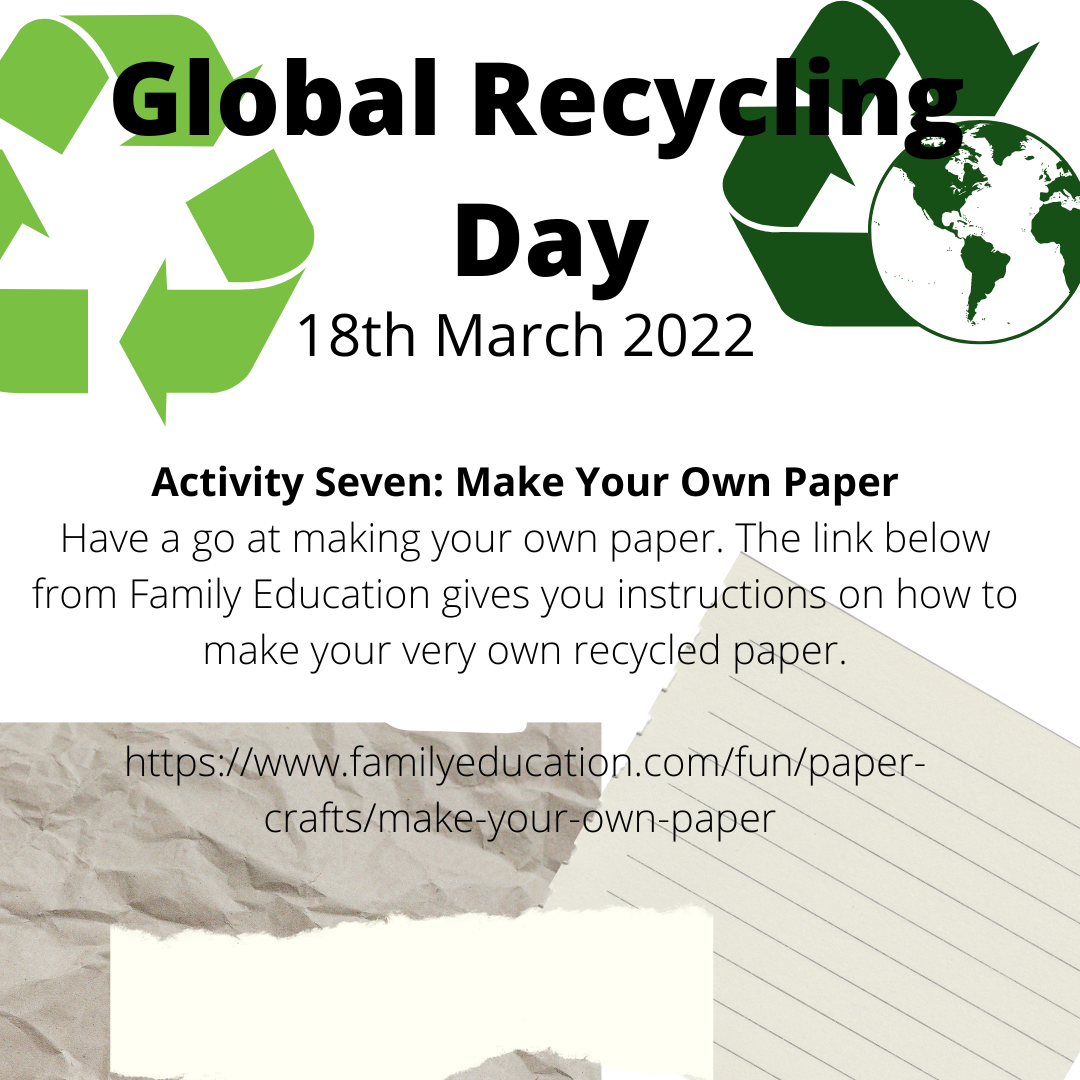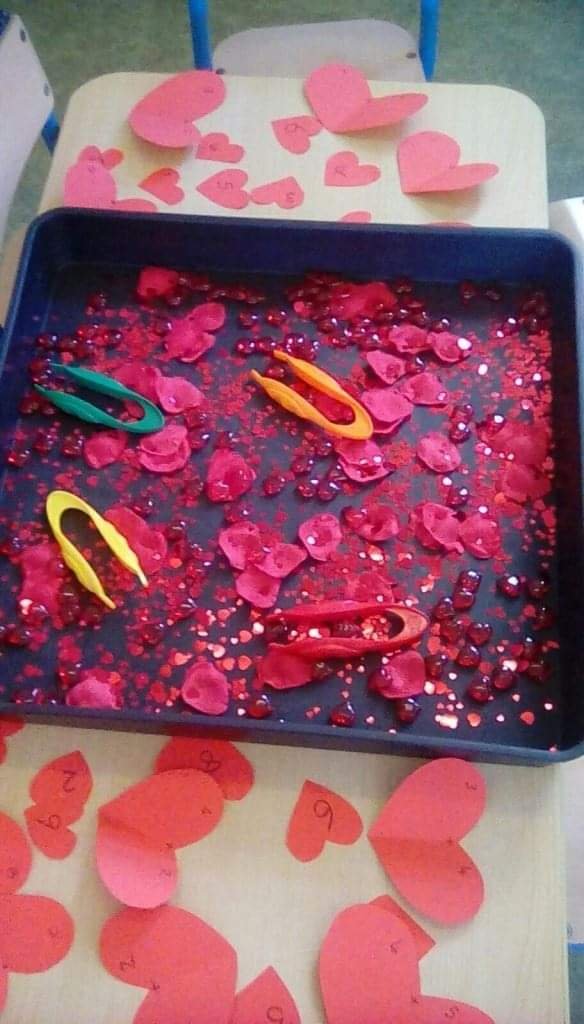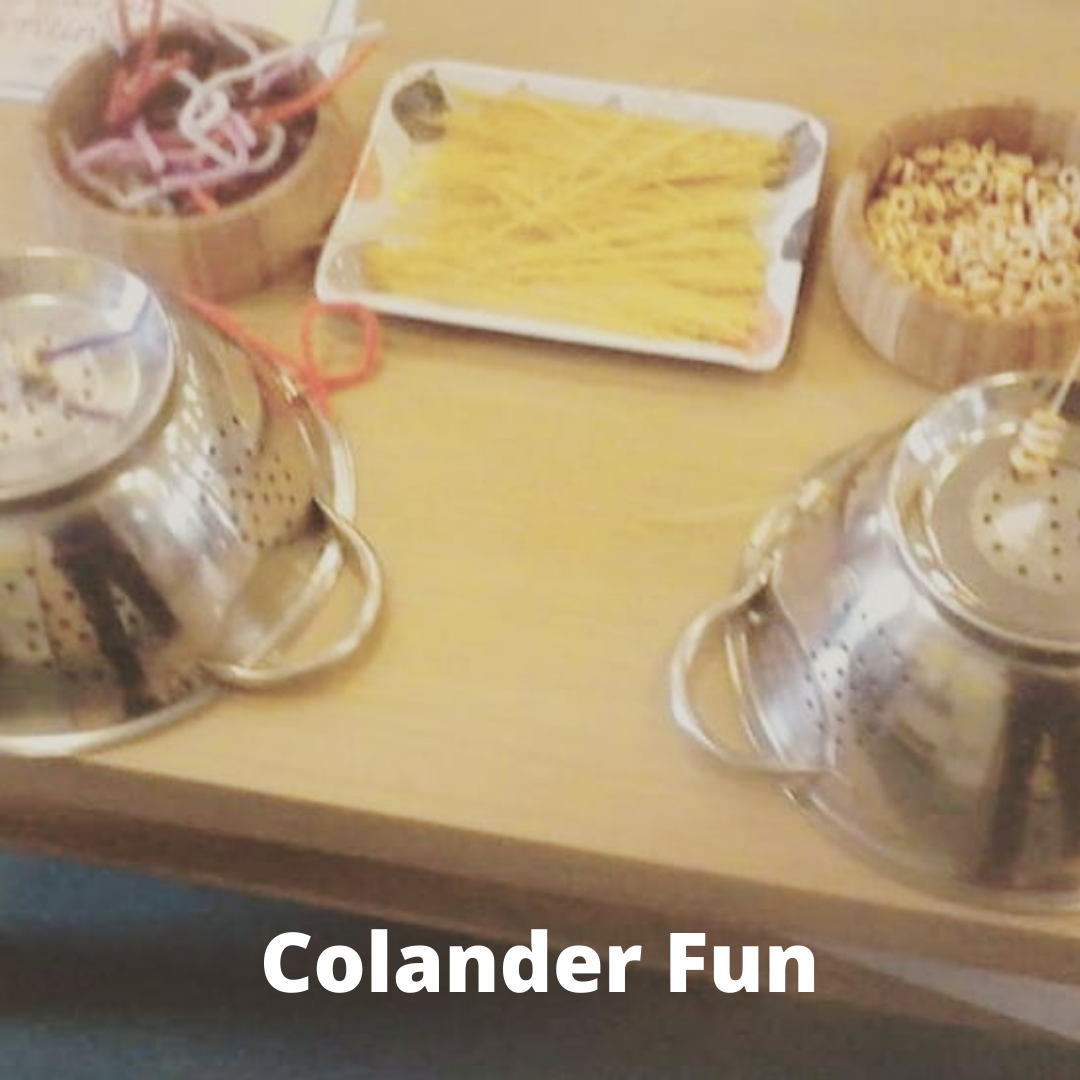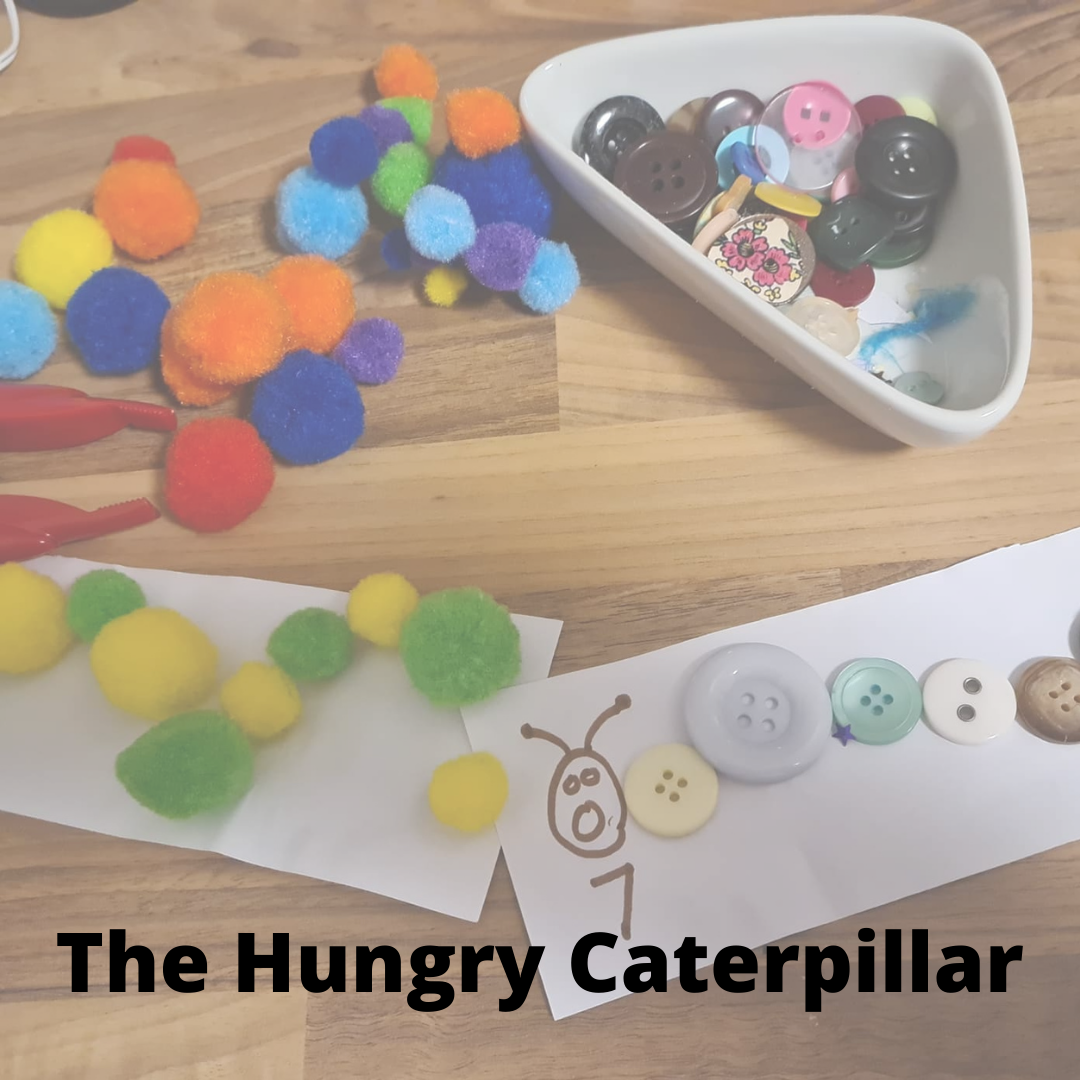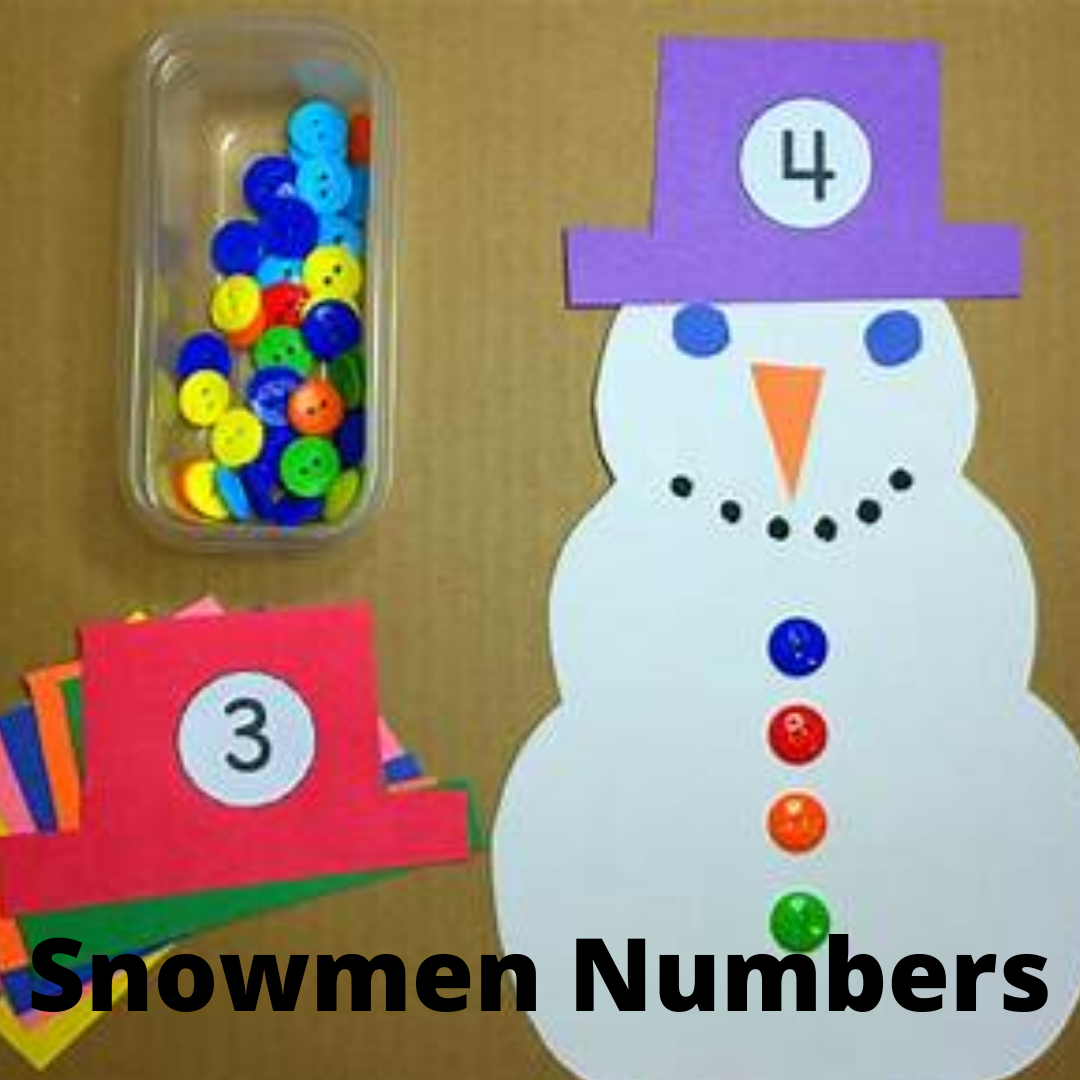5 Ways to Enhance Your Mud Kitchen this Autumn
Autumn is a wonderful season, full of so many learning opportunities for children as they connect with nature. This blog posts explores 5 ways you can easily enhance your mud kitchen this autumn to make the most of the season. Autumn provides us with many treasures that can make it fun as we explore, play and learn in the mud kitchen.
Autumn is a wonderful season, full of so many learning opportunities for children as they connect with nature. This blog posts explores 5 ways you can easily enhance your mud kitchen this autumn to make the most of the season. Autumn provides us with many treasures that can make it fun as we explore, play and learn in the mud kitchen.
1. Add autumnal loose parts to the mud kitchen
Autumn provides lots of natural loose parts that can provide open-ended learning opportunities for children as they use their imagination in play. Here are some examples of things you can collect:
Acorns
Conkers
Different types and colours of leaves
Twigs and sticks
Chestnuts
Helicopter seeds
Fir Cones
A top tip for displaying them is to put them in open bowls or baskets so that the children can see what is inside.
2. Add balancing scales
Balancing scales are a great addition to the mud kitchen. Supporting children to develop an early mathematical understanding of weight and making comparisons; without needing to have developed their numerical understanding yet. Providing lots of opportunities for children to develop a rich mathematical language alongside peers and adults support learning and developing. And with all your autumn treasures you will have lots of things to compare of different weights, shapes and sizes to encourage children’s critical thinking and problem solving.
3. Mud kitchen recipes
Support children’s early literacy and mathematical development through having some special mud kitchen recipe cards designed for using in autumn. These cards have been developed and presented in different ways to support children in phase 2 or 3 phonics; and early mathematical skills e.g. number recognition or counting practise.
4. Seasonal vegetables and Fruit
Add seasonal vegetables, such as pumpkins, butternut squashes, crab apples and blackberries to the mud kitchen. Alongside safety knifes so that the children can explore cutting them up and adding them to their recipes.
5. Embrace the rain and dampness!
Along with warm autumn sunny days, we can also experience some lovely very damp and wet autumn days. Consider add a water butt or some kind of vessel that can collect the rain water each day (remember to empty at the end of the day to avoid legionnaires). And jugs and cylinders so that children can begin to measure, and mix in lots of water in their play.
Raising a Generation that is Emotionally Literate
“He is sad, because the happy one hit him. And there are sad clouds above him! Cos that is what sad feels like! Grey clouds above you!” John Aged 4 years.
In recent years we often speak about the importance of emotional literacy and learning from a young age to become emotionally literate. Emotional literacy can be defined as an ability to be able to identify, share, understand, develop empathy; and talk about our emotions (Sharp 2001). With the growing understanding and theoretical ideas around emotional literacy, we see the value to children’s development, self-confidence, self-worth, well-being and indeed the necessity of becoming emotionally literate so the future generation fully succeed and reach their full potential.
For a few months now I have had a little example, knocking around in my head that has given me lots to think about on the topic of emotional literacy, how far we have come and what does this look like in young children. I was participating in some painting with a couple of children who were painting happy and sad faces; completely child-led this was not an adult designed activity or outcome of painting! None the less we were identifying and talking about what they were feeling. We were even talking about what might be making them sad or happy. For example, the boy is sad because there is a monster in his bedroom. Even though we were already having this amazing conversation, I remember, being taken back by J’s (age 4) response to, “tell me about your picture”. I never expected such a profound and articulate response that many adults I know may struggle to express.
“He is sad, because the happy one hit him. And there are sad clouds above him! Cos that is what sad feels like! Grey clouds above you!”
Wow! Right, this is emotional literacy, knowing what feelings are but also developing an ability to express what that emotion feels like to us ourselves. But it is even more, there is a next step to emotional literacy that goes beyond identifying, showing, empathy and talking about emotions. This is a great first step and we do a lot of it in the early years, through our enabling environment and positive relationships. For example, we often have picture books that label emotions with young children within the story area. Or us ourselves as part of our pedagogical approach will say things such as, “I wonder how you are feeling?”, “You look very sad. When I am sad, everything feels heavy”. These are discussions that skilful early years practitioners often have. Supporting children through, open questioning, modelling language and giving them space to explore their emotions in a non-judgemental space.
However, beyond this there are other elements to emotional literacy. Claude Steiner (1979) was one of the first theorists to talk about emotional literacy and he identified 5 elements to emotional literacy. These were:
· Knowing your feelings,
· Empathy,
· Managing your emotions,
· Repairing emotional problems,
· Developing emotional interactivity.
I personally, love this model for breaking down the different aspects of emotional literacy and how the different elements work alongside one another. With the addition of what do we do beyond knowing our feelings, which traditionally has been a massive focus of Personal, Social and Emotional Development (PSED) in the early years. Over the next coming weeks, we are going to use Steiner’s framework of the elements of emotional literacy and break them down and look at them in relation to the first 5 years of children’s lives. What does that element look like, but also how can we support our children through our curriculum and pedagogical approach.
References:
Sharp, P. (2001) Nurturing Emotional Literacy. Oxon: Routledge.
Building on children’s curiosity of all things creepy crawly
National Insect Week 2023 is a fantastic week to celebrate in early years settings. Children are often curious, mystified and very interested in our creepy crawlies that we can find outside in our outdoor provisions. There are many ways that we can support and build upon children’s interests in everything insect related.
Children are often curious, mystified and very interested in our creepy crawlies that we can find outside in our outdoor provisions. There are many ways that we can support and build upon children’s interests in everything insect related. This blog posts shares lots of ideas and inspiration for anyone who is participating in National Insect Week 2023 or just have insect loving children!
Bug Box Carrier
The Carrier Contains
bug books
bug pots
identification cards
clipboards
notepads
pens
pencils
magnifying glasses
rulers
mini microscope
multilink for non-standard unit measuring
paintbrushes (to be gentle when moving insects)
This is a great resource to create for children on the go, to take wherever they find their creepy crawlies. It also keeps everything together and in the same place so you can easily find things in the moment to follow on children’s interests.
Bug Themed Nursery Rhymes and Songs
Rhymes and songs are fantastic for children’s learning and development and there are lots of insect themed songs out there. Here are one of my favourite nursery rhymes for an insect topic. It is a fantastic song that can incorporate finger play for young children, supporting their physical development, as well as their proprioception and vestibular sense.
Here is the beehive.
But where are all the bees?
Hiding away where nobody sees.
Here they come flying out of their hive.
One, two, three, four, five!
Here is the beehive.
But where are all the bees?
Hiding away where nobody sees.
Here they come flying out of their hive.
One, two, three, four, five!
Buzz up high. Buzz down low.
Buzzing fast. Buzzing slow.
Buzz to the left. Buzz to the right.
Buzz all day but sleep at night.
Here is the beehive.
But where are all the bees?
Hiding away where nobody sees.
Here they come flying out of their hive.
One, two, three, four, five!
Insect and Bug Books
Sharing books with children has a variety of benefits from supporting their communication and language development, extending their vocabulary. Developing attachment and relationships as you share books together. To developing early literacy skills and a love for reading. They can also be a great source of information gathering for young children.
These are five of my favourite bug related books to share with children under five years old.
Insect Tuff Trays
(Photo credits: Images 1-3 from Growing Together Developing Early Years, Images 4 and 5 Happy Feet Nursery Watton, Image 6 My Environment Family Day Care on Facebook 30.09.2021, Image 7 Bear Hugs Nursery, Image 8 Active Learning Childcare).
Tuff trays like the images above can support children’s learning through tactile experiences, promoting sensory placed learning. They can also help to develop their communication and language skills and imaginations as they play and explore in the different trays.
Feed Slugs and Snails
Pop out some cucumber or lettuce out and sit back and observe how snails and slugs eat. You can look closely using a magnifying glass and have bug books close to hand for information. A top tip for when moving bugs/insects is to move them gently using a paintbrush to avoid squishing or hurting them,
Science Experiment - Hovering Butterflies
What do you need:
tissue paper,
scissors,
cotton,
tape,
stapler or paperclips,
magnetic wand.
Instructions:
Cut out small butterflies using tissue paper.
Staple or paperclip one end of the butterfly to the piece of cotton and stick the second end using tape to the table.
Use a magnetic wand above the butterflies. You should be able to get the butterfly to hover below in the magnetic field.
Insects and Clay
Push toy insects into clay, so that you get a nice print of the different insects. You can then leave them to dry before painting and decorating how you wish.
Movement Game
Support children’s physical development and listening attention and understanding through a simple adult-led instruction based game. Ask the children to move like different insects for example, scuttle like a beetle, flap like a butterfly, march like ants and so on. You can also differentiate the game up encourage children to move like an insect in response to different music or instruments. Thinking about what insect does it sound like?
Please note that this blog was originally written for National Insect Week 2023 and updated in 2025.
School Readiness Series: What is School Readiness?
With last week being the day that expectant parents across the UK find out what primary school their children had been accepted into the term ‘school readiness’ has come back into focus. ..
With last week being the day that expectant parents across the UK find out what primary school their children had been accepted into the term ‘school readiness’ has come back into focus. As schools, nurseries, childminders, preschools, and families get ready for those all-important transitions into reception in September 2023. And teachers in primary schools and families across the UK are helping children to prepare and become ready for their transition into Key Stage One.
School readiness has been a term that has been widely used in the past several years, particularly alongside the focus of concerns that more and more children across the UK are not ready to start school. For example, Watkins (2018) from Save the Children discussed how the UK government claims that 1 in 4 children are not meeting the expected level of development before starting school and how we are already letting them down. This has shockingly increased in the covid-19 pandemic where reception class teachers reported in a government survey that more then half their children were not ready to start reception and 88% of teachers and teaching assistants were having to spend more of their time with children who were not reaching their developmental milestones (Lawler 2022).
So, this leaves us with the question of what does school readiness actually look like? PHE (2015, p.4) defines “School readiness is a measure of how prepared a child is to succeed in school cognitively, socially and emotionally.” Although, it is worth noting that there is no national definition of school readiness and is somewhat a debate of what age group school readiness applies to; is these children starting school in reception or is it getting them ready to begin their journey into the national curriculum and key stage one? (Ofsted 2014). This is before the then criteria differ from setting to setting as to our own pedagogical beliefs, curriculum and what we view as being school ready.
For the sake of this blog series, we are considering what school readiness looks like for those children that are going into reception class in September. Below is an image of page 6 from the document Improving School Readiness Creating a Better Start for London by Public Health England (PHE) (2015). Highlighting their views of what school readiness at the age of 4 looks like and the skills, development, and experiences we are expecting our 4-year-olds to have.
This document is also a very useful document for highlighting the why (intent) behind focusing on school readiness in the UK and the benefits of investing in school readiness to support children’s development, learning and the impact on future outcomes.
Another, popular poster that is commonly used with early years settings is The Road to School poster by Nursery Resources. This poster shares similar skills and attributes that as an early year’s community we are looking for children to be able to do to be school ready. As well as the steps to starting school from PACEY.
Find a downloadable version of this here from PACEY.
To me as an early year’s consultant being school ready is having a good level of development in the prime areas, communication and language, physical development, and personal, social and emotional development. As well as having begun to develop a lifelong love for learning, based in being curious and inquisitive. It is being able to talk about your own emotions and coregulating alongside experienced teachers. It is being independent for example, dressing yourself, feeding yourself, being able to make choices, having confidence to talk to others that are in your class. It is having the basic communication and language needs to listen and pay attention, to communicate their needs and to share ideas and make friends. It is also about have good gross motor and fine motor skills ready for learning. Everything else will come at the time that is right for the children. Because these3 areas of learning are going to underpin everything, so being school ready is making sure children are strong and confident in these areas of learning!
References:
Lawler (2022) Half of all children are not ready for school [accessed online 28.04.2023]
PACEY (year unknow) Steps to Starting School, [accessed online 28.04.2023]
https://www.pacey.org.uk/Pacey/media/Website-files/PACEY%20general/Steps-to-starting-school.pdf
Public Health England (2015) Improving School Readiness Creating a Better Start for London [accessed online 28.04.2023] https://assets.publishing.service.gov.uk/government/uploads/system/uploads/attachment_data/file/459828/School_readiness_10_Sep_15.pdf
Watkins (2018) Mind the Gap Getting Our Children Ready for School [accessed online 28.04.2023]
Ideas of ways your nursery can support Earth Day
Earth day is a day that gets celebrated around the world every year, and it is a great time for reflection and education about climate changes, environmental issues and looking after the planet that we live on…
What is Earth Day?
Earth Day is a day that gets celebrated around the world every year, and it is a great time for reflection and education about climate changes, environmental issues and looking after the planet that we live on. Earth Day is an opportunity to explore topic such as, what does it mean to invest in our planet and why should we be sharing this with children in early years settings? Also, how can we share this important message with children in early years settings?
What does it mean to invest in our planet for earth day?
[ED2023 Promo Video - downloaded from www.earthday.org]
Earth day is one of the largest environmental movements and you can find out more about all off their amazing work here. Investing in our planet is about promoting sustainability, love for the world that we live in, going green being a necessity and thinking about the ways that we can develop climate literacy to address the problems our planet faces.
Why should we be sharing and promoting earth day in early years settings?
I passionately believe that we as early years educators should be investing in the education of our children that goes beyond the basis of the Early Years Foundation Stage or our National Curriculum. We should be talking about the big issues, the change that needs to happen in the world, because children are the future. I know it sounds corny, but it is true, this will be there planet far longer then it is ours and we have a duty to teach our children about sustainability, about taking care for the planet and climate changes that are happening.
Sometimes we can shy away from talking about the big issues with children, saying they are only children. But if we begin to teach them messages from a young age, such as we are recycling our plastic to look after the world. It will put in place habits that will support children throughout their lives and teach them valuable lessons. We just need to be teaching messages in an age-appropriate way, for example, we do a litter pick and we talk about how rubbish hurts the animals and the environment.
How can we share the important message of earth day?
There are many ways that we can share the message of earth day in early years settings, and here are 10 ideas:
1. Set up a recycling centre role-play areas – this gives the children the opportunity to practise their recycling skills and act out their experiences with others.
2. Share books about sustainability and looking after the earth such as George Saves the World by Lunchtime, Michael Recycle, Marli’s Tangled Web, The Journey of a Plastic Bottle and so on.
3. Organise a community litter pick.
4. Plant your own vegetables in the garden.
5. Walk to school, preschool or nursery for the week to reduce carbon emissions.
6. Plant a tree at your early years setting.
7. Create earth day posters about how we can look after the world.
8. Plant some bee friendly plants in the garden.
9. Set up a compost bin in the garden rather than sending waste to the landfill.
10. Shop locally for nursery supplies.
Please note that this blog post was initially written to support Earth Day 2023, but has recently been updated to ensure that it remains up to date and useful.
George Saves the World by Lunch Time
We will be touring the East of England with our 45 minute - an hour session based on the story, ‘George Saves the World by Lunchtime’. A session filled with puppets, stories, role-play, parachute games, crafts and becoming our very own eco superheroes.
Prices start from £75
Where to start with developing a Science, Technology, Engineering and Mathematics (STEM) curriculum in the early years?
Changes in the Early Years Foundation Stage (EYFS) give more power to early year practitioners to set their own curriculum. Recognising that the EYFS is more the bare bones of areas of learning and we as practitioners are responsible for putting the meat on the bones. We need to create ambitious curriculums that represent the opportunities to incorporate a stronger focus on STEM education in the early years.
In this blog, we will share three tips on how to incorporate a STEM curriculum in the early years through developing curriculum outcomes; outlining the steps children take to reach curriculum outcomes; and developing a bank of ideas.
What is a STEM curriculum? And why is it important?
A STEM curriculum is and educational approach that integrates Science, Technology, Engineering and Mathematics into a cohesive learning model designed to prepare children for the real-world challenges and tech-driven environment they are growing up in.
After what feels like many years of a potentially interpreted system of you must do x-y-z as your curriculum, the power has been returned now to early years practitioners. This is a fantastic opportunity to reflect on your settings curriculum and incorporate or focus on STEM education as part of your unique and ambitious curriculum that you offer your children. That builds upon the seven areas of development and the characteristics of effective learning and teaching. We appreciate that this power might feel daunting and you may be unsure of where to start, so we are sharing with you three tips to developing your STEM curriculum to get you started.
Tip 1 – Develop curriculum outcomes
The simplest definition of curriculum is what we want children to learn in the time they are with us. This is why my first recommendation is to think of curriculum outcomes in relation to STEM skills and knowledge, that you would like to see children develop by the time they leave your setting.
This can be split into STEM skills and knowledge. STEM skills are those foundational skills that children need to develop to be able to reach their full potential or engage in STEM education. This includes learning to problem-solve, test ideas, observe, talk and share their ideas with others, hypothesise, collaborative working, resilience, to be able to think of ideas, be innovative, being curious, being methodical and so on.
STEM knowledge is specific information we want children to gain in relation to STEM. For example, this might be developing an understanding of growth, change and decay. Learning the life cycle of a butterfly. Or about capacity, gravity, magnitude, electricity and so on.
A STEM curriculum goal example
To be able to talk and share their observations with their peers and adults about what happens to plants over a period of time; demonstrating an understanding of plant life cycles, growth, decay and change.
Tip Two - Outline the Steps Children Take to Reach Curriculum Outcomes
When we think about children’s learning, it is often a journey where children go through different stages before they get to the end goal of our curriculum. So, it is really helpful to think about what are those stages that children go through in order to meet that goal. Take some time as a team to discuss child development, your knowledge of your children and how you can break the learning down into smaller steps to get to the end goal.
Steps to consider when breaking down curriculum goals
Physical development.
Personal, social and emotional development.
Communication and language.
What prior knowledge do the need to reach the end goal?
Curriculum Goal Example: To be able to talk and share their observations with their peers and adults about what happens to plants over a period of time; demonstrating an understanding of plant life cycles, growth, decay and change.
Under twos - to develop their fine motor skills and hand-eye coordination to enable them to help plant flowers or plants and water them. To use key words relating to life cycle e.g. small, big, grow, seed, plant.
Two to threes - to be able to look after their plants with support and help. For example, watering plants. To use simple sentences to relay their observations about plants and seeds. Such as, “It got bigger!” To develop their observational skills through a variety of sensory play and activities (to support their knowledge understanding and language development for talking about what they observe).
Three to Four Year olds - Talk about and retell the life cycle of a plant to peers or adults. To show care and concern for their plants and begin to understand what they need to grow and be healthy. To listen and respond appropriately to others as they share ideas.
*Please note that this is not inclusive of all the skills that children might need to learn the overall curriculum goal outlined and that this is based in a curriculum that already offers a firm foundation of learning opportunities across the three prime areas of development. These are communication and language development, personal, social and emotional development and physical development, that will underpin and lay the foundations for a well-rounded STEM curriculum.
Tip Three - Develop a Bank of Ideas
For each of your curriculum goals and steps that children will go through on their journey to reaching the main goal, it can be really helpful to develop a bank of ideas. This is because especially when starting something new we might need to look for ideas and inspirations, it might not come naturally to us in the moment. Or if you are anything like me you can easily full into the habit of doing the same thing, because it worked before and by having a bank of ideas it encourages us to try new ideas and offer more of a breadth of experiences.
Example bank of ideas to support curriculum goal
Vegetable patch,
Cress monsters,
Activities to develop observational skills, - e.g. gloop, dancing raisins experiment, colour mixing activities,
Life cycle books and activities,
Observational still life painting/drawing.
“The best learning comes through experience, play and hands on opportunities. If we want to learn about how a seed turns into a tomato, let’s explore the seeds, plant the seeds, nurture them and watch them grow. I strongly believe children are not passive in their learning, they are active involved and making meaningful connections through doing.”
This blog was originally published for British Science Week 2023 and was updated September 2025. We regularly review our blog posts to ensure that they are up to date and remain useful.
Opportunities for scientific learning through cooking
Our third blog in our series for British Science Week 2023 is looking at how we can support scientific learning through participating in cooking and baking activities with children in the early years. Cooking with children is a great way of support scientific learning, from making observations, working collaboratively and developing their language skills…
In this blog we are looking at how we can support scientific learning through participating in cooking and baking activities with children in the early years. Cooking with children is a great way of support scientific learning, from making observations, working collaboratively and developing their language skills. To support specific knowledge applied to STEM (Science, Technology, Engineering and Mathematics); through hands-on practical life experiences. For example, measuring ingredients whilst cooking, learning about cause and effects, liquids and solids, changes in materials and so on.
Baking Bread with Children
Baking bread with children in early years settings used to be one of my all time favourite cooking activities to do. It is rich with supporting so many areas of learning across the EYFS (Early Years Foundation Stage), from working on those physical skills, hand-eye coordination, muscles development in arms and hands for writing, to supporting mathematical learning whilst they measure ingredients. But additionally baking bread is great for children who are learning about changes over time and cause and effect. As they learn to make observations and talk about what they see, for example, the dough rising (or growing) before popping it in the oven. The change between the dough and the cooked bread. There are lots of opportunities here for children to develop those all important STEM skills that we talk about and make connections between their observations.
Or the simple observations of the reaction that happens with yeast, warm water and sugar. Have you ever mixed your yeast with warm water in a bottle and placed a balloon over the end to see what happens? As the yeast reacts with the sugar, it lets of the gas of carbon dioxide and inflates the balloon. Find out more here.
Connections and Cooking
This years theme for British Science Week is connections. Learning about food is a great way for children to make connections in their everyday discoveries. Everyone needs food and food can be a fantastic way of opening the doors to many other areas of learning and development. For example, the British Science Week Activity Pack shares an early years activity idea for how does food get to our plate. Click here to learn more.
Cooking with children is a great way to open up discussion around food, where does it come from? How do we make the flour to go into our cakes? An endless amount of questions and opportunities that can be extended in a variety of ways from learning about how a flour mill works to planting your own vegetables in the garden to use whilst cooking. This is one of the fantastic things in the early years, we can ask those questions alongside the children, become curious learners with them and develop our own ideas.
As well as the endless connections children are going to develop whilst participating in cooking activities and learning about the ingredients, carrots are hard - tomatoes are soft. Learning about how sugar dissolves in warm water, or how mixtures change over time e.g. a cake mixture goes from a liquid consistency to a solid. What an amazing awe moment for a 2 year old? They are physically learning so much about cause and effect through these activities.
2 More Things to Try Cooking this British Science Week
Chocolate Shredded Wheat Nests
Observe and talk about:
What happens to the chocolate when it gets warm?
Why is the chocolate melting?
What will happen if we put them in the fridge?
What happens to the chocolate when it cools down?
Vegetable Soup
Observe and talk about:
Where do all the vegetables used come from?
Talk about vegetable properties, how do they grow?
Talk about what happens to the vegetables as you cook them.
How does the soup change in consistency?
This blog was originally published for British Science Week 2023 and was updated September 2025. We regularly review our blog posts to ensure that they are up to date and remain useful.
What is Yoga Storytelling All About?
Yoga can be defined as much more than an exercise program, but it is a practice rooted in thousands of years of tradition that is about connecting your mind, body, spirit, and health together. As well as learning to tune into our bodies and minds in a busy world (Harper 2013)….
In our previous blog, ‘How to Have a Fabulous National Storytelling Week on a Budget’. We suggested that settings could incorporate yoga storytelling to support children’s learning development and well-being as part of National Storytelling Week 2023. So, this blog is going to explore the following:
· What is yoga storytelling?
· What are the proven benefits of yoga to children?
· Suggestions of where to start your yoga storytelling journey.
What is Yoga Storytelling?
Yoga can be defined as much more than an exercise program, but it is a practice rooted in thousands of years of tradition that is about connecting your mind, body, spirit, and health together. As well as learning to tune into our bodies and minds in a busy world (Harper 2013). I have recently been reading the book by Harper (2013) little flower yoga for kids, this is a fantastic read for the overview of developing a yoga and mindfulness program in settings.
Therefore, it is also important to consider what the trending word mindfulness means, beyond our current cultural practises of mindful colouring and activities! Blissfulkids (2022) have a fantastic definition of mindfulness which can also be shared with children:
“Mindfulness is simply… noticing what is happening right now.
Mindfulness is taking notice of how your body feels and what you see, smell and taste. Maybe you even feel emotions in your body, perhaps through a tightness somewhere, or a good sensation.
Mindfulness is also noticing what your mind is doing.”
Harper (2013) in her book and outlined program talks about 5 key elements of yoga and this includes mindfulness as part of yoga:
· Connect
· Breath
· Move
· Focus
· Relax
These 5 key elements when developing a yoga program are vital and important to understand as we think about the holistic practise of yoga. When thinking about yoga storytelling then what does this mean, this is a practise of storytelling in a fun and engaging way for young children that promotes all of the 5 elements above, connection, breathing, movement, focus and time to relax. While engaging in telling small stories to young children, whether we are making up stories, passing stories down from one generation to the next, or telling a story via a story book.
What are the proven benefits of yoga to children?
There are many proven benefits to yoga and mindfulness practices to supporting children’s well-being, learning and development and below are some of them:
· Supports developing tools to help self-esteem,
· Helps to manage stress,
· Helps to develop resilience,
· Increases focus,
· Supports academic performance,
· Supports emotional regulation,
· Supports memory and brain development,
· Supports general emotional well-being and balance,
· Promotes relaxation,
· Is energising,
· Supports strength and flexibility,
· Supports balance, proprioception, and vestibular sense.
(Mindfulness Communication and Such, 2023; Harper 2013; Goldberg 2013)
Starting Your Yoga Storytelling Journey?
Introducing something new to your setting can often be exciting, but equally overwhelming with knowing where to start. Here we are going to outline an idea of how to begin your yoga storytelling practice, so that you can develop it overtime. First you will need to focus on developing some skills, before perhaps doing some of the more complex wonderful children yoga books on the market that require a little bit of practising first (spoken from experience!!).
Before starting your yoga journey think about environment. Remembering that one of the key elements is relaxation, think about where in your setting you carry out yoga so that it does not happen in a crowded over stimulating area of your provision. You want somewhere that is not cluttered or full of distraction for those busy minds. Also, make sure that you have individual yoga mats for the children, so that they have their own boundary for their own physical space whilst completing yoga.
The book by DK My First Yoga is a great book for introducing the yoga poses to young children and getting them familiar with them at the beginning of your journey. Remember, that yoga time does not have to be a rush it might be that you start by using this book and learning 3 or 4 poses a session to begin with. This book is also fantastic because it has really simple explanations of the different poses and photos! It also is good at promoting the breathing element of yoga and not just the physical movements. (P.s. you need to feel confident while doing yoga, so if you cannot do a movement don’t use that one until you are confident in doing it!).
Once children are confident with their yoga movements this is a time to start to combine a few simple movements together to tell a story. For example, you could tell the 3 little pigs using just a few movements as you tell the story. For example, doing a mountain pose for the beginning of the story, the downward dog pose for when the wolf is huffing and puffing, and a strong tree pose to represent the houses. As the children become more confident and experienced at yoga you can develop more movements into the storytelling sessions.
You can also then progress to some fantastic books such as:
· Yoga Animals in the Forest by Christiane Kerr
· Good morning yoga by Mariam Gates
· Yoga Adventures by Jamaica Stevens and Jamaroo Kids
I hope you have found this blog helpful and are all excited to start your very own yoga storytelling sessions in your settings!
References:
Blissfulkids (2022) Mindfulness: What is it and How to Explain it to Kids and Adults, [online] https://blissfulkids.com/what-is-mindfulness-and-how-to-explain-it-to-kids/ [accessed 3/02/2023]
Goldberg, L. (2013) Yoga Therapy for Children with Autism and Special Needs. New York: Nortan and Company Inc.
Harper, J.C. (2013) Little Flower Yoga for Kids: A Yoga and Mindfulness Program to Help Your Child Improve Attention and Emotional Balance. Raincoast Books: Canada.
Mindfulness Communication and Such (2023) Mindfulness for Kinds [online] https://www.mindful.org/mindfulness-for-kids/ [accessed 3/02/2023]
How to Have a Fabulous National Story Telling Week on a Budget!
National Storytelling Week (NSTW) is a firm favourite of myself as an early years consultant. I am a firm believer that we all have a story inside us to tell, we are born storytellers. And this week gives us the opportunity to share stories, to build narratives and even better we can do it on a budget without spending hundreds of pounds!
Here are your 5 tips for doing NSTW on a budget:
1. Involve your community!
We will all have members of our teams, families, or local people in our community that have stories to tell. Whether It is a traditional or cultural story passed down from generation to generation Ask people in to tell a story or research stories that families share that they grew up with. Also, are day to day lives are made up of stories, from telling a story about going to the shops or a holiday that we have recently had. This is also a great time to look at the stories of different occupations, for example, the day in the life of a builder.
(Images left to right: Fresh Expressions 2023, Storytellers Singapore, 100 Stories Before School 2015)
2. Make your own puppets!
Practise scissor skills cutting out your favourite characters from magazines and catalogues. Then turn them into your own stick puppets for storytelling, by sticking them onto lollypop sticks. Or design on cardboard and carefully cut out your very own characters to be the centre of your story, perhaps a dragon, a princess or a monster! Or make some of simple finger felt finger puppets developing fine motor skills and sewing around the edge.
3. Model storytelling in play
As children play and add a narrative to their play they are naturally telling stories. Play alongside the children, modelling vocabulary structure and natural storytelling. Whether it is when you are playing with the small world toys, or making up stories in the garden about running away from a big scary monster. Children need to see us as storytellers as well.
4. Create story maps
Story mapping is a great way of involving children story telling and sequencing. You can use this to tell a story children are familiar with or use it as a tool to visually map out the story you are telling. It is great for highlighting the details of a story beyond beginning, middle and end as you draw pictures for the main points of the story. This is also a technique that children can then use to retell their own stories before they are ready to write.
(Aberford C of E Primary, 2017)
5. Yoga Storytelling
I was recently at an outdoor setting (Born to Woodland in Rayleigh Essex) and was very inspired by their yoga story time. They have a story of the month, e.g. the very hungry caterpillar and they use different yoga moves to support children's wellbeing and physical development. I loved this idea and is something you can easily makeup or do in your setting. There are also a variety of books and online resources available to help you with this.
(Photo Credits: The wonderful staff and children at Born to Woodland, Rayleigh Essex. Joining in their yoga stories! Born to Woodland is a setting that caters for children between the ages of 3 to 11 years old).
Our Ofsted Experience Hitchin House Day Nursery
I recently caught up with the wonderful Zoe Wright, Operations Director for Hitchin House Day Nursery. They have recently had an Ofsted inspection and she wanted to share their experience. And how her and her team managed the inspection on the day…
Climbing wall at Hitchin House Day Nursery - Taken from their Facebook page on 05/09/2022
I recently caught up with the wonderful Zoe Wright, Operations Director for Hitchin House Day Nursery. They have recently had an Ofsted inspection and she wanted to share their experience. And how her and her team managed the inspection on the day.
“Firstly, I would like to say that they did what they said on the tin!”
Like many of us Zoe was concerned about the Ofsted inspection, we have many bad, good, and in-between experiences in the sector, which can leave us feel anxious and unsure about what will happen on the day. However, Zoe was very keen to share with myself and others that they really did do what they said they would do in the Early Years Inspection Framework. This is something that I am hearing quite a lot at the moment, which I think is a positive step towards the consistency that has often concerned us all.
The Day Before the Inspection
Hitchin House Day Nursery have been anticipating their first ever Ofsted Inspection since opening and when Zoe’s mobile rang at around midday from a private number. She said, “that will be Ofsted!” and she was not wrong. The inspector went through and gathered the various checklists of information that is highlighted in the Early Years Inspection Framework and said that they would discuss their Covid-19 measures when in attendance the following day.
“As I began talking the staff, just placed the prompt sheet in front of me, I was so grateful!”
Zoe had created a prompt sheet to support her colleagues in case it was not her that answered the phone. But in the moment of nerves and excitement this also came in very handy for Zoe and is a great idea to pass onto other early years settings as you plan and prepare for your inspection. Within the phone call they also arranged the time that 2 inspectors (due to the size of the setting) would arrive the following day 7:30 am! An early day for them all!
In preparation for the next day, they didn’t do anything special as a nursery, they informed the staff. Some volunteered to come in as extra the following day, excited to be part of the team and in it together ready for their inspection. All the senior and middle leaders went out for a meal that night together, not to discuss Ofsted although they were welcome to, but to have that time together and support well-being.
Inspection Day
The setting had two inspectors that literally worked in tandem throughout the day, making the inspection seamless and the most effective use of time. One of the inspectors was named the lead inspector. They split up the daily activities and tasks between them, regularly reviewing timings and having points of the day where they caught up and checked in with each other.
Eve the nursery manager was the best person to do the learning walk, enthusing her passion and making the very most of every single opportunity.
“Think Carefully about who does the learning walk, who is the best person to make the most of every opportunity and sell your setting!”
Whilst doing the learning walk that took about 2 hours (Hitchin House is a large setting with lots of amazing things to see!), Eve would stop to do things such as highlight good practice as they saw it happening. Zoe discussed how it was crucial that she was “using every room to cover aspects of the early years inspection framework!” Meaning that Eve managed to get lots of details in about the setting and have some clear effective conversations. The Ofsted inspector also commented as a key point on how effectively the 3I’s: Intent, Implementation and Impact were covered within the learning walk.
“Use every room to cover aspects of the early years inspection framework”.
She also used the learning walk as a chance to share how the needs of children are met, to discuss children with special educational needs and disabilities and examples of excellent practise. As well as covering a minor complaint that the setting had received, safeguarding children and adults and reiterating the ethos of the setting. She also highlighted a strength of the setting in coaching and mentoring by supporting a new member of staff in front of Ofsted. This is a great way of highlighting to Ofsted and them seeing how we supervise and support staff to grow and develop, so don’t shy way from making the most of those learning opportunities for staff like you normally would because of Ofsted are watching. As a sub text of this Eve was then able to cover safer recruitment, induction, and supervision through sharing the new member of staff’s file.
While the learning walk was occurring the second inspector was with Zoe talking about the recent complaint and safeguarding. She also took the time to talk 1 on 1 about safeguarding with a member of staff who wanted to speak to the inspector, and this was arranged so it could happen. Zoe talked about how although we may want to shy away from complaints, that it was beneficial for them to keep that at the forefront of all of what they were sharing; rather then brushing under the carpet.
“Face complaints head on, do not shy away from them.”
A staff member volunteered themselves to be the member that was being observed doing the joint observation and was doing a sing and sign session with a group of children. Zoe the operations director again used this as an opportunity to support one of the middle leaders in the growth and development, by asking them their feedback and encouraging them to share what they thought about what had just been observed. This again, was able to show a strength of the setting in coaching and mentoring, but also the wider ability of staff to be reflective and evaluative of practise.
They tracked two children throughout the setting one child with SEND and the also wanted to track the newest child to the setting. It was only her 2nd day, but they were impressed with how well the staff knew they key child and how the child could not be picked out from the other children. They spoke to staff about the children, they didn’t have to see any paperwork, or ask for anything specific, just like they said they don’t. Although, one inspector did share she didn’t have to but would love to look out of nosiness (this would so be me as an inspector!).
At around 12:30 pm they re-met and discussed the itinerary for the rest of the day that the management meet with going to be at 2 pm, and the feedback at 2:30 pm. They just wanted some time again in tandem to go around and explore the different rooms and areas of the setting. They also shared that in order to write something in a report they have to see it, so for example, to talk about the climbing wall they had to see children on the climbing wall. They were also asked to “go away and tell them what makes there setting different.” For when they got back together to discuss.
The 2 pm, meeting only took half an hour because Eve had done such a fantastic job of covering most things as part of the learning walk. And then they were into feedback. We can’t share this yet, as their report is not published, but as soon as I have seen it I will share it with you all.
All in all, the inspection was a very pleasant experience for the setting and was all over by 3:30 pm, again keeping to the time frame that is outlined within the early year’s inspection framework. Zoe also shared that they had done a lot of online research beforehand, looking at a variety of websites for example, google, day nurseries, website, Instagram and Facebook.
“Make sure that you have a good internet presence and that it is also good for professionals. And address any bad reviews.”
Supporting Storytelling Through Block Play in the Early Years
Children will go through different stages as they begin to use props to make up stories and add dialogue to their play…
For our final blog post in our block play series, we are going to look at how block play can support children to develop that inner storyteller. Whether that be through incorporating small-world play and props role-playing being construction workers. There is lots of opportunities and ways that we can support children to develop their narrative, communication and language skills, and personal social and emotional skills as they work together to add a storyline to their play.
What are the stages of story telling in play?
Children will go through different stages as they begin to use props to make up stories and add dialogue to their play. For example, children may begin to add voice sounds as the run a car across the floor going “brrm brrm”. This is the very early stage of children adding dialogue to represent their understanding and experiences. We then act out our familiar experiences using available props, for example, we may pick up the hammer and begin to bang the hammer and represent what they have observed others doing. As children get older, they begin to play alongside other children in their play, so for example, we all might be playing tea shops making teas and coffees. We are engaged in the same activity, but we are not necessarily reliant on each other for our play or interacting with one another. Children them move into the stage of collaborative play where they are working together to develop their storyline and direction of play.
The reason I share the stages of play is that it is important to reflect on where your individual children are in their journey when you are supporting storytelling through play. For example, if you have a child who is many solitary in their play but is beginning to add noises and sounds to their play. You maybe supporting them by modelling joining in and playing alongside others. Or using communication and language to invite them in and add narrative to a play and to show them perhaps (not an indefinite way as play is open ended) but suggestions that could spark their interest or enhance their play. For example, you build a bridge using the construction blocks. You test to see if it is high enough to fit the toy car underneath. You then might add some “brrm brrm” or “beep beep” noises as you move the cars around.
Ways to support storytelling in block play?
There are many ways that we can support story telling in block play, through providing children with a range of rich and wonderful experiences and resources. Below are some ideas to support children:
Have a range of fiction and non-fiction books around building and builder’s sites. This will give children knowledge and understanding that they can add into their story telling.
Have a local builder come in and talk about their job or visit a local builder’s site to see what happens.
Model to the children play and developing stories around available resources. For example, children might need to see an adult model how we use a spirit leveller to know how we use it.
Add in small-world props and resources based on children’s interests – e.g. cars, toy people, animals, dinosaurs and so on.
Provide story sacks or baskets with available resources to retell those familiar stories. For example, the 3 Billy Goats Gruff Book and puppets; with the building blocks. This may inspire the children to build their own bridge for the big bad troll to be hiding under and to retell the story. This can either be left as a provocation to see what the children do with it or it can be an adult directed activity where you work together to build the bridge and scaffold the children as they work and retell the story altogether.
Add dressing up items such as hard hats and high visibility jackets, to encourage them to role-play being builders.
Have real resources such as tape measures, rulers, spirit levellers and so on to support children to act out those experiences using the props around them.
Encourage children to share with others and talk about what they have built and describe it.
Join us for our next running of our webinar, ‘The Potential of Block Play in the Early Years’ on the 1st September 2022 at 7:30 pm
Block Play and Mathematical Development in the Early Years
A classic early year’s example, often children explore building towers often setting the challenge to see who can build a tower taller than themselves. This instantly lends itself to some discussions about size…
Welcome to our next series in our block play series. This week we are going to be focusing on how block play can support children developing their mathematical skills through construction play. Mathematics is literally all around us and when children are playing and engaging, there is always potential for lots of opportunities to develop across all areas of the curriculum. Hands on experiences give children opportunities to learn about mathematics in a variety of contexts.
To find out more about mathematics being all around us why not check out our webinar recording ‘Mathematical All Around Us’.
Measuring in Block Play
Children use play to replicate their experiences and things that they observe others doing. This is an important way that children make connection and sense of the world around them. The introduction of resources such as tape measures and rulers can support children as they look at measuring their buildings and constructions. As they make comparisons about size, height and length of their buildings and constructions.
(Photo Credit: Pinterest)
Often this replication although supporting children’s ability to add narrative to their play and storylines alongside others (remember before children can write a story, they need to be able to tell stories with others!). But it can be limited by children’s mathematical skills, as to use a ruler or tape measure they often must understand and know large numbers to interact with this mathematical concept. Consider introducing resources that children can use that are non-standard units such as a set of handprints, multilink, footprints or Duplo. This means the children will be able to count the objects and incorporate mathematics into their play without adult support with large numbers.
Children will also problem solve, measure, and make comparisons of size and use a rich array of mathematical vocabulary such as bigger, smaller, tiny, longer, little, huge, shorter, and so on without the introduction of standard and non-standard units. As they join in conversations, they talk about their building and make comparisons. While they participate collaboratively to develop ideas. To stretch their understanding and their limits.
(Photo Credit: Project Matters)
A classic early year’s example, often children explore building towers often setting the challenge to see who can build a tower taller than themselves. This instantly lends itself to some discussions about size, as children may begin to make remarks such as “It is smaller than me!” Or “it is bigger than me!” This is a great opportunity for us as early years practitioners to extend learning in the moment. For example, introducing new language such as height, width, length and modelling a vast array of mathematical language. As we build and play alongside the children and build towers and make comparisons. There is also the opportunity to make comparisons between towers, for example, “How many blocks taller than you is your tower?”
Symmetry in Block Play
As children progress through the stages of block play in stage five (patterns and symmetry) they begin to make symmetrical buildings. This means that they are beginning to develop a basic understanding of symmetry and looking closely at patterns and similarities in buildings. They will also be developing an understanding of shapes and numbers as they explore making sure that they put the same shape and number of blocks in either side of the invisible line. For example, I need to red blocks, and one large brown cylinder and one large orange cylinder for either side. We may even begin to show a practical understanding of doubles or putting numbers together and learning simple number bonds.
Exploring Symmetry
When thinking about children who are beginning to explore symmetry and patterns in their block play. You might want to consider:
Do you have different coloured and shaped blocks?
Can you introduce mirrors to play and photos?
Can you bring in art activities that explore patterns and symmetry?
Making Buildings
Some children will be in the stage of block play when they are beginning to make representation of buildings. This is a great time to be incorporating house photos, and photos of different types of buildings where children can start to explore and talk about the natural patterns and symmetry in buildings. Additionally, think about adding clipboards and pens to promote early mark-making where children can design their own buildings.
Building designs can easily bring in mathematical concepts and vocabulary for example, sharing size of bricks, how many? Or does your building have windows? Whether that is part of a discussion or shared mark-making or individual mark-making with a skilled practitioner. You can easily build in children’s mathematical vocabulary and skills as they design and create their very own buildings.
If you would like to join our webinar, ‘The Potential of Block Play in the Early Years’ please click below to find out more or purchase your ticket now.
Guest Blog: Persona Dolls and Their Impact
One child ran to get a tissue to kindly wipe Ollie's tears and nose, other children gently rubbed his back and gave him a hug, another went to get him a drink so poor Ollie had his first bath that evening too!
Written by Fiona Courtland from Gables House Nursery
(Photo Credit DECSY)
I first came across Persona Dolls in February 2020 as I was browsing through the internet looking for ideas to promote inclusive practice in my early years setting. Persona dolls were founded by a lady named Babette Brown in 2000 who's mission was to promote diversity and challenge discrimination on the grounds of race, gender, class and ability. Referenced from (https://personadolluk).
Intrigued after watching a promotional video, I purchased the training resources and my first Persona doll whom we named Ollie. He arrived during the first lockdown which was actually perfect for us because we had one particular little boy who had very abruptly transitioned from his existing nursery to ours due to a Covid closure. As a result, he was really shell shocked at being moved from a nursery he loved one day, to our nursery the next, by a very fractious and worn out mummy who was working full time for the NHS.
As a team of staff, we had a discussion around intention of use for the doll which we believed might resonate with this child. We named our doll Ollie and gave him a similar identity to child x, a home, a family unit the same. He had similar likes, interests and family circumstances which we thought would easily form a connection to the child we had in mind. On first introduction, I entered the room holding Ollie whist all the children were busy playing and placed myself strategically next to child x. I said nothing, I just waited and after a few minutes proceeded to place my ear up to Ollie's mouth in order to start my imaginary conversation. I responded to Ollie with words of reassurance and my eyes remained fixed on the doll giving him full attention. It took less than two minutes for children's curiosity to be roused to the point where they stopped what they were doing to investigate further.
At first there was a general air of disbelief and suspicion about the credibility of my conversation. However my face remained serious as I continued to give Ollie and only Ollie my undivided attention. Soon the children were following my lips and my actions, fully attentive and engaged in listening to the responses Ollie gave to me through my feedback to them. At that point I knew I could sensitively open up a discussion around feelings attached to transition using Ollie as an example and my prop. As a result I am pleased to say that child x shared all his fears and anxieties relating to his recent move with myself and his new friends during that conversation.
“The impact was instant and quite remarkable.”
The impact was instant and quite remarkable. One child ran to get a tissue to kindly wipe Ollie's tears and nose, other children gently rubbed his back and gave him a hug, another went to get him a drink so poor Ollie had his first bath that evening too! Most importantly, the children showed empathy and kindness towards both Ollie and child x as they developed a new understanding of what it feels like to not know anybody and feel different. Child x showed a sense of relief. He wasn't the only one who was going through a tough time and we could see that he felt better for sharing his thoughts and feelings with us. We were quickly from that point able to both reassure him and also put together next steps in order to continue helping child x to process the sudden changes in his life and the emotions attached to family life being a little strained. He settled so quickly after that. A few months later child x had to get his first pair of glasses. Guess who also happened to need cool and trendy glasses on the very same week? Yes you guessed it..... Ollie!
Since the purchase of Ollie, we went on to buy one more Persona doll named Ekam. Ekam also enabled staff members to open up a whole host of discussions, some relating to equality and diversity, some related to other topics for example protecting our environment. One staff member took Ekam to the beach and collected litter, surrounded herself and the doll with the litter and took a photograph of them with sad faces. The next day a group discussion was opened up as children were asked to think about why she and Ekam might have been sad. The Impact of learning from this discussion set a course for further topics related through planning next steps.
Like all settings we sometimes have challenging behaviour with children who struggle to self regulate emotions. This might include them biting, spitting, being unable to share and take turns etc. The dolls provide a valuable approach to handling all of these issues professionally, sensitively and effectively for the good of each child's unique set of circumstances. They work and they work well and through subtle, indirect teaching we can help children to understand, think critically and make sense of the world around them. The dolls allow children to voice their opinions, give opportunities for the children to know that they are being heard and enable them to understand the importance of allowing different views to be valued.
Every week we find new ways of using these dolls and the children continue to learn so much from us through their use.
Physical Development and Block Play
Construction play is a firm staple of many early year’s settings, whether that be through Duplo, wooden blocks, Lego, large blocks, or community play blocks and everything else in between. We use a wide array of items to support children’s learning and development…
Blog Post One in Our Block Play Series
Construction play is a firm staple of many early year’s settings, whether that be through Duplo, wooden blocks, Lego, large blocks, or community play blocks and everything else in between. We use a wide array of items to support children’s learning and development. Join us for our new series that will look at block play in early years settings. This first blog is going to look at how block play can support children’s physical development.
Many years ago, I was in a meeting with an Occupational Therapist (OT), and she shared with us, how much she loved the fact we used Lego in the preschool. She sat there and said, “Lego is just amazing, and is exactly what Child A needs to support his physical development!” This made me smile so much, because it is so true and often, we can forget the value of the everyday toys or equipment we use and how they support children’s learning and development.
I guess in the very simplistic term, we can forget the why we purchased those resources in the first place. Or perhaps they just form part or our continuous provision and environment because it is just ingrained and that is how it has always been. At the moment in the early years, it is very refreshing that we are really unpacking our practise, pedagogy, curriculum and enabling environments. We are thinking about the why or intent behind everything that we are doing, and the implementation (how we are doing it) and the impact (the difference it makes to children’s learning, development and well-being.
Do you want to explore the topic of intent, implementation and impact more? Why not join out webinar, ‘Exploring the 3I’s: Intent Implementation and Impact’?
So, let’s go back to the Lego and think about some of the physical skills that children are developing when they are building with construction toys such as Lego, Mega Blocks or Duplo that connect:
· They are developing the strength and muscles in their fingers, hands, and arms as they push the items together and pull bricks apart.
· Developing fine motor skills.
· Developing their hand-eye coordination.
· Developing wrist, elbow and shoulder pivots.
· Developing spatial awareness.
· Developing bilateral coordination (this is having control over both sides of the bodies, to coordinate movement and the development of both sides of the brain talking to one another).
This is true for lots of block play activities, children are learning to balance, control over small muscles and movements, spatial awareness so that they do not knock their towers down and bilateral coordination. We also know that when children are exploring building with big blocks, we are also supporting those larger gross motor skills and coordination as children move and negotiate space as they build. Quite simply there are many benefits to children’s physical development by participating in block play.
Keep your eyes peeled for our next blog post in our series that will look at how block play can be enhanced to incorporate early literacy development.
Do you want to explore the potential of block play more? Why not join our webinar, The Potential of Block Play in Your Continuous Provision?
Part Two: Teaching Colours in the Early Years
Part two of our blog series that explores teaching colours in the early years. Find out more here.
Last week’s blog explored what we meant by teaching in the early years. This week part two is going to explore how do children learn and develop their knowledge of colours through our curriculum that we use to teach them. Curriculum in its very simplest terms, is the framework for what we would like children to learn in the time that they are with us. This is one big composite (end goal) made up of many small components. Sam Sleeman-Boss and Wendy Radcliff from Ofsted at the childcare and education expo (2022) defined curriculum thinking as “the framework for setting our aims of a program of education, including the knowledge and skills to be gained at each stage.”
It is refreshing to remember that the Early Years Foundation Stage (EYFS) Educational Programs, lay the foundation or floor of our curriculum, but we develop our curriculum to help children reach for the stars. It simply doesn’t cover all the small steps, components and learning opportunities that children have in their time in the settings, which is based on the knowledge of a skilled practitioner. An example of this is that, by the end of their time in nursery with us we might want children to be able to express themselves through the careful selection of colour, identifying colours and communicating why. Children don’t simply learn these skills or information though through a quick transference of knowledge and information, they learn them through an ambitious curriculum that is made up of many components or small steps to help them reach the end goal by the end of their time with us.
This is done through hands on experiences in the early years that encourage exploratory learning, collaboration, and the opportunity to develop ideas alongside others. For example, we may start with our very youngest by that simple exploration of contrasts in colours. We know that babies are interested in those contrasts and that black, white, and red supports brain development We then might explore mark-making with different colours using those gross motor skills and movement of our whole bodies and begin to name the different colours that we make. Before doing matching and classifying by sorting, identifying, making patterns and so on. As the children continue to explore, we look at shades and mix different colours, but also recall how they make colours through a variety of activities, using paint, light boxes, messy play and so on. Before, we move onto that being creative using colour to express ourselves and carefully selecting those colours, there are many steps that children go through, in their journey of learning about colours in the early years.
Below are some activity ideas for teaching colours in the early years:
Global Recycling Day
Will you as a setting be celebrating global recycling day with your children? This is a great opportunity to take stock and think about talking about recycling with young children…
18th March 2022
Will you as a setting be celebrating global recycling day with your children? This is a great opportunity to take stock and think about talking about recycling with young children. This does not mean I am saying we only need to focus on recycling one day a year in our settings, but by celebrating global recycling day it can help us to re-focus or be the day to start those new initiatives. Such as introducing a recycling bin for paper into the preschool room.
Why do I think it is important to cover recycling with children from an early age?
The children are the future. I know that sounds incredibly cheesy, but they are the future, and we want the world that they live in to be looked after. I think that as early years educators, teachers, practitioners, assistants, childminders, or apprentices, we have an important role in fostering a love for our world and environment that we live in. This means that part of what we teach children in the early years goes beyond the basics of the curriculum that is outlined in our educational programs; but I am passionate that in the early years we teach children how to look after the world that we live in.
Recycling is a simple topic that we can cover in the early years to begin to create that love for the world around us. As we talk about the importance of recycling and the 3r’s, reduce, reuse, and recycle. Also, by beginning to teach children to recycle in early childhood we will be setting good habits that children will hopefully develop for a lifetime.
Below, is the series of ideas that we have been sharing on social media to support you re-focusing on recycling this global recycling day:
Implementation of Finger Gym in Early Years Settings
Lasts weeks blog spoke about the intent and reasons behind why settings may choose to implement finger gym as part of their early years curriculum. This week we intend to unpack some of the ways that you may choose to implement finger gym within your setting.
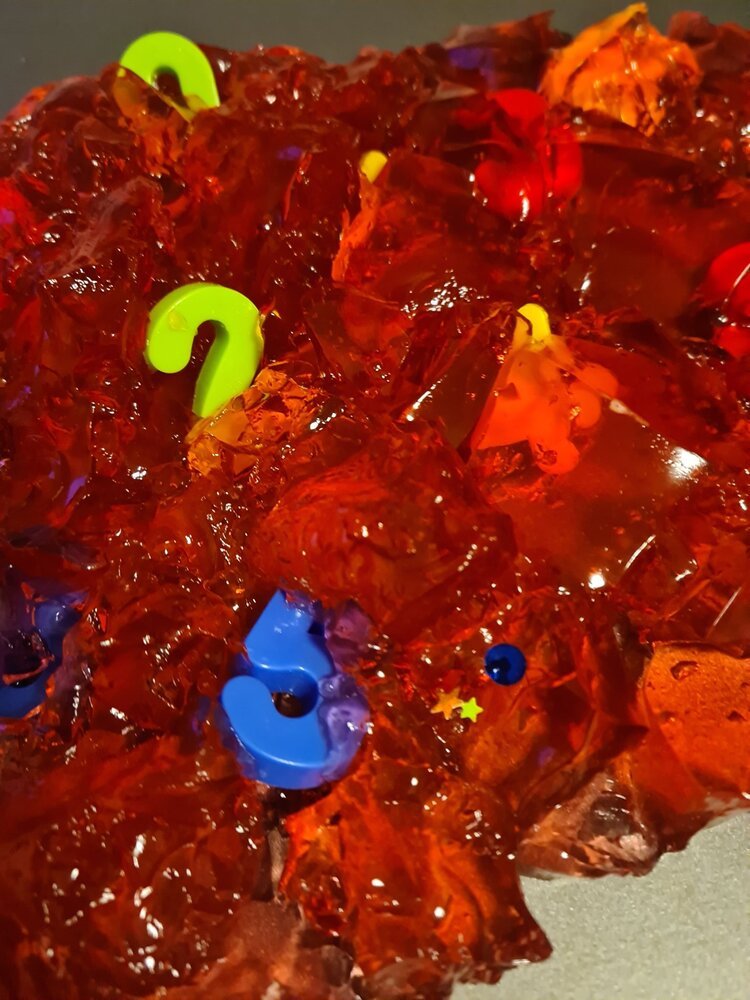

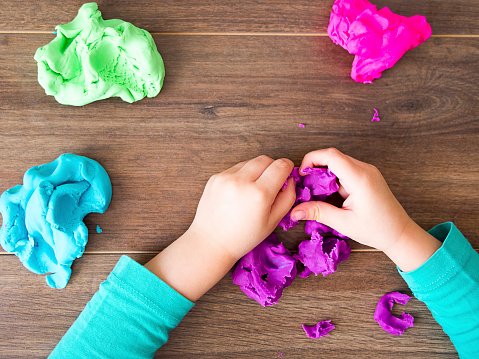
Lasts weeks blog spoke about the intent and reasons behind why settings may choose to implement finger gym as part of their early years curriculum. This week we intend to unpack some of the ways that you may choose to implement finger gym within your setting. All settings are different and unique, and it is important to remember what works for you and your early years setting will not always work for other settings and that is fine. It is about finding things that work for you and being willing to try new activities and ways of implementing early years practise.
Finger Gym Area
Some settings will choose to have an area with your continuous provision, which is set up daily with access to items and activities that have a finger gym area. For example, a coffee table with a challenge of the day, such as, using lollypop sticks to catch bottle lids in a tray of water. Or a small shelf selection with two or three provocations or challenges on the shelfs. Or open-ended resources such as, jumbo tweezers, small loose parts and so on which children can explore in a more open-ended approach to finger gym.
Focused Group Time Activities
Some settings may choose to implement finger gym in a more structured way, by running focused sessions daily. This may be as part of support plans, interventions, or to work with children who have been identified to need support with a certain area of development and learning. Typically, it may be children that you feel need support with their physical development and focus work on their fine motor skills.
Incorporating Finger Gym Throughout Your Continuous Provision
Some settings will opt for introducing finger gym activities throughout their continuous provision and will not have a set space or time for finger gym to occur. For example, whilst following the children’s interests a practitioner, might not that the children are showing a particular interest in spider webs and spiders. She/he may then decide to set up the small world area a web using a linen basket and string and place lots of spiders inside for the children to save with tweezers.
Or it may be that your setting does a mixture of any of these approaches with implementing finger gym. I think when deciding how you are going to implement finger gym in your early years settings it is important to consider the impact that you want to have for the children in your setting, and think carefully about your intent and what you want the children to get out of finger gym sessions or activities in your early years setting.
Join us for our next blog in the series where we hear case studies from some early years settings about their intent, implementation, and impact of finger gym in their setting.
The Intent Behind Finger Gym
Currently in the early years we are thinking a lot about the 3I’s, Intent, Implementation, and Impact. As we saw the introduction of these three terms in the (2019) Early Years Inspection Framework…
Currently in the early years we are thinking a lot about the 3I’s, Intent, Implementation, and Impact. As we saw the introduction of these three terms in the (2019) Early Years Inspection Framework, giving us the fantastic opportunity to reflect on our curriculum and what we want children to learn in the time that they are with us, our pedagogical approach and simply evaluate our practise from every aspect. The 3I’s in their simplest terms, our intent – the reason why we do something, implementation – the how we are going to do that, and the impact the difference our actions make.
Finger gym is a regular part of early years practise with settings across the world having finger gym sessions, activities, or areas as part of your curriculum. Curriculum in its simplest terms is what you want the children to learn in the time that they are with you and the stages that you see children go through. (To find out more about curriculum click here to our ‘Understanding Your Curriculum Webinar’). So, what is the intent the why behind finger gym being part of early years curriculum and practise?
Finger gym was developed with the understanding that in the early years we need to focus on supporting the following skills or abilities in our children:
· Fine motor skills
· The muscles in their hands
· Hand-eye coordination
· Dexterity
· Communication and Language Skills
· Can promote children’s cognitive skills
· Fosters the characteristics of effective learning
With the focus of understanding that these skills are needed for children to be become successful writers and promote physical development. This is because children need those physical, social and communication skills before they are ready to pick up a pen.
Also, finger gym can easily be themed to topics, next steps and current interests of your groups, meaning that you can really tailor your comprehensive finger gym plan to support your individual children and setting. We know when we provide a more tailored activities to children’s interests then we see higher levels of engagement and involvement that result in higher levels of learning.
Keep an eye out for out next blog that will explore the implementation of finger gym, but if you are looking for some ideas before hand check out our 4 weeks of finger gym ideas here.
National Story Telling Week
29th January 2022 to 5th February 2022
Saturday will mark the start of this years, National Story Telling Week (NSTW). Quite often when we think about story telling we think about story time, with children sat on the floor listening to an adult read a book. This is not a wrong viewpoint, however, story telling goes beyond those books that we have written down. All of us enjoy listening to stories and even telling stories, even if it is about what Aunty May did last weekend or our recent holiday.
Stories are an important part of society, for generations we have passed stories down from generation to generation, with our traditional tales or folk laws. Families full of giggles as we sit and make up stories, as we share and enjoy time with one another or the bad Dad jokes that we are all familiar with. To a child reliving their experiences and acting them out in the role-play. Or even the words of songs that tell us a story, we see ourselves in them and we apply meaning or an interpretation of that music. Story telling can come in many forms and fundamental to our culture, cognition, literacy, and language development.
Often within my role as an early year’s consultant, but also in my years of experience working within nurseries I would hear the phrase “but I am not a good storyteller”. This makes my heart heavy, because I belief that everyone in society could tell a story, be a storyteller, not just authors and acclaimed writers, or performance artists. However, I know that for some people this can be a daunting experience. This is one of the reasons I developed the online webinar, ‘Developing the Storyteller Within’. (You can find out more by clicking here).
So, with NSTW fast approaching us, it made me consider this topic again. Perhaps with a renewed excitement and passion. We all have a personal story to tell, we all tell a story each day, even if we don’t realise it. For example, “You will never guess what…”. Or the classic, “The wind will change, and your face will stay like that”. These are all the beginnings of stories, or the end of stories handed down from generation to generation. So, let’s think about the power of harnessing those stories, sharing them with children but also developing stories alongside children.
We know that story telling can support children’s senses of belonging, personal social and emotional development, communication and language development, problems solving, literacy skills, and help them to work through those difficult situations they may encounter within their lives. Although, we know the benefits to our children’s learning and development, as well as well-being it can still be a daunting task of where to start in your early years setting. With this in mind, I have shared 3 starters to developing your storyteller within alongside the children.
1. The story telling bag – this is a great activity for circle time or small group time with children to help get them involved in telling stories. In the story telling bags have different characters (e.g., people, animals, or mystical creatures) and pictures or items for setting or events (for example, photo of the beach, or fake snow). Start by taking something out of the bag and beginning to tell a story, before passing it onto a child to add to the story taking something out of the bag and continuing the story.
2. Hot seating – hot seating is a popular way of getting children who are familiar with stories to explore characters and develop narratives. One person pretends to be someone from a story and other children ask questions, e.g. “Why did you go into the 3 bears house?” This gives the children the opportunity to develop the story more and think of their own responses.
3. What happened next – start at the end of a familiar story and think about what might happen next. For example, “What happened after Goldilocks ran out of the 3 bears house?”
I hope this gives your inspiration to join in some story telling with your children for NSTW, keep your eyes peeled for our activity pack we will be realising in the next few days ‘Telling Your Story for National Story Telling Week’.
Using Your Curriculum to Promote Oral Health in the Early Years
This is part two of our blogs on oral health and the revised early years framework. In this blog we are going to focus on how we can use our curriculum to support oral health in the early years. So firstly, let’s consider what do we mean by curriculum? In its simplest terms our curriculum is what we want children to learn. This includes the programme, methods, and activities that we choose to implement our curriculum; to ensure that children meet the learning intention highlighted in our curriculum.
So, let’s consider – what do we want children to learn about oral health within the early years? It might be that you choose to base these on statements within development matters or birth to five matters. Or it may be that you want to come up with broader terms, such as those below.
“Our curriculum is designed to support teaching and children learning about oral health through a play-based and hands-on curriculum. We want children to learn about how to look after their teeth and the importance of good oral hygiene. Our curriculum is designed to support children’s learning and development in a holistic way, so that they develop good routines around oral hygiene and a healthy relationship with food. As a setting our curriculum embeds learning and developing oral hygiene through our everyday interactions and routines, as well as our short-term and long-term planning. “
Below are a few ideas of what you might be interested in doing as activities or experiences as part of your curriculum to support oral health in the early years:
1. Singing songs about brushing teeth and practising the circular motion that we use as we brush our teeth by doing actions.
The toothbrush on the teeth goes round and round,
round and round,
The toothbrush on the teeth goes round and round,
all day long.
(To the tune of the wheels on the bus)
2. Sharing books and stories about going to the dentist (keep an eye out for our upcoming blog ‘Review of Top Ten Books to Promote Oral Health’)
3. Tuff tray play -brushing fake teeth or small world animals’ teeth using toothbrushes and toothpaste.
4. Draw on plastic blocks with whiteboard markers and use a toothbrush and toothpaste to clean of the marks.
5. Get children familiar with the circular motion of brushing teeth big style, using those gross motor skills using toothbrushes to mark-make in shaving foam, coloured sand and paint.
6. The egg experiment – boil eggs and pop them in different fluids for a few days, for example, coke, coffee, milk, water, juice, and squash. Talk about how the outside of the egg is like the enamel of your teeth, observe and talk about what has happened to the enamel and what those different things do to our teeth.
7. Make an interactive display showing and measuring out how much sugar is in different common foods and drinks.
8. Encourage children to join in cooking and making healthy snacks and foods and talk about the benefits of the different foods to our health.
9. Heuristic play – all types of brushes basket. For toddlers and preschool children consider extending heuristic play by having a brush themed basket. For example, hairbrush, toilet brush, pastry brush, toothbrush and so on. As children explore the basket it gives you the opportunity to open discussion about purpose and function of different objects.
10. Have a dentist or dental nurse come and visit your setting and talk about their job role.
Do you want to find out more about the revised framework, your curriculum or pedagogical approach? You might be interested in some of our upcoming webinars below:
· Understanding Your Curriculum
· The Relationship between Pedagogy and Curriculum
Keep an eye out for our next blog in our oral health in the early years series…







